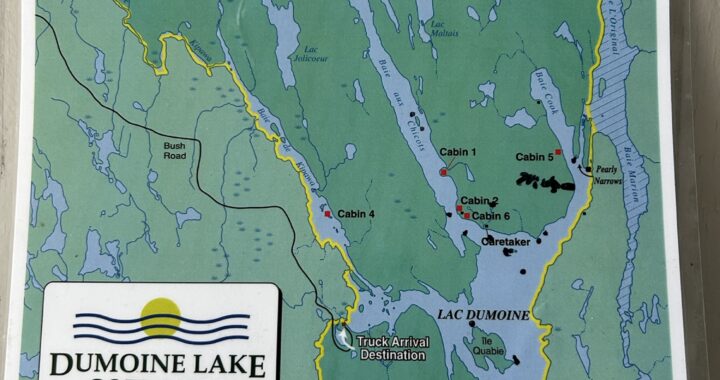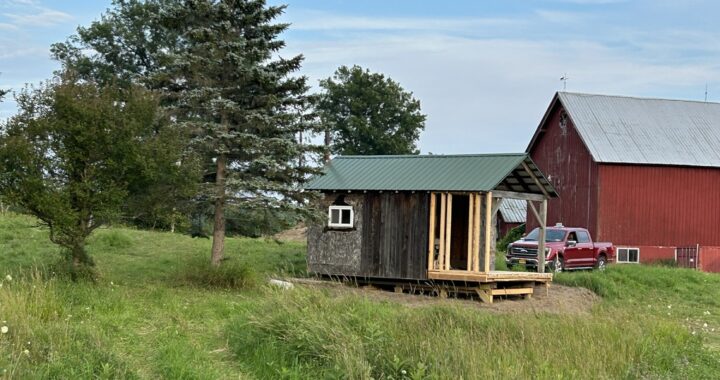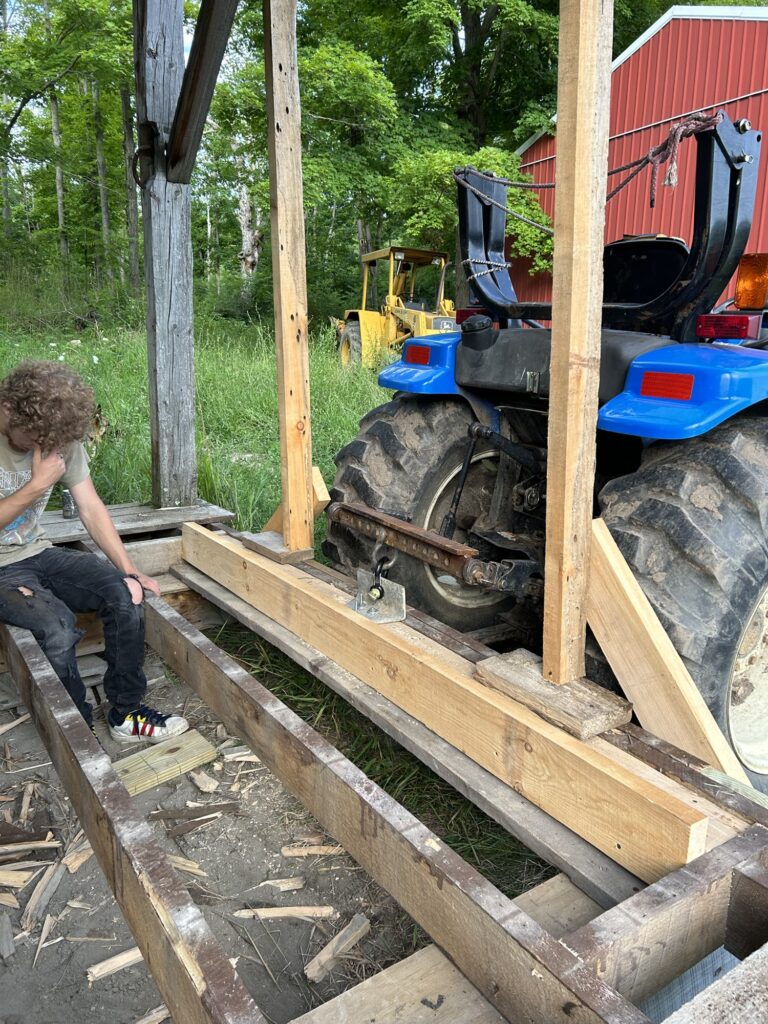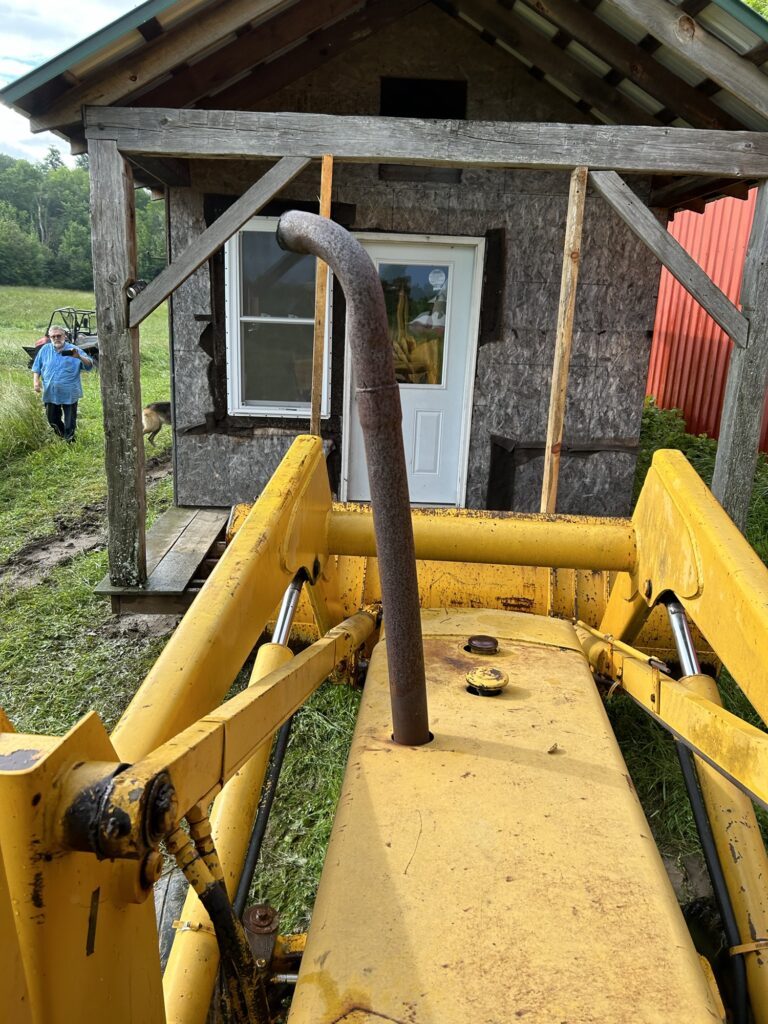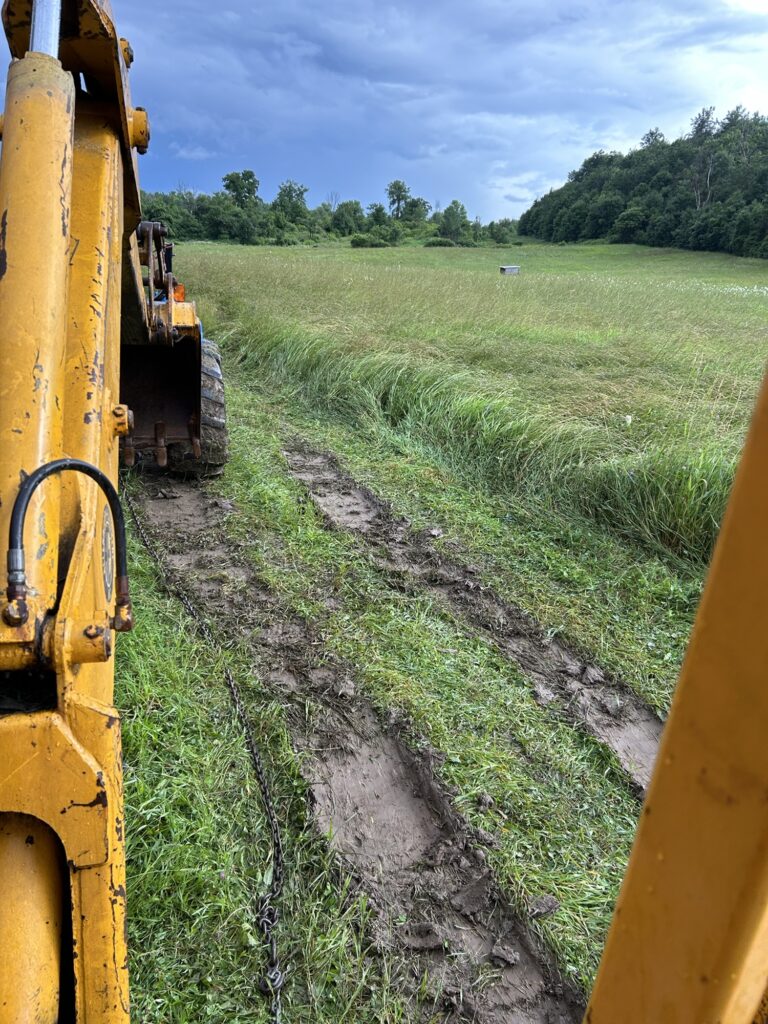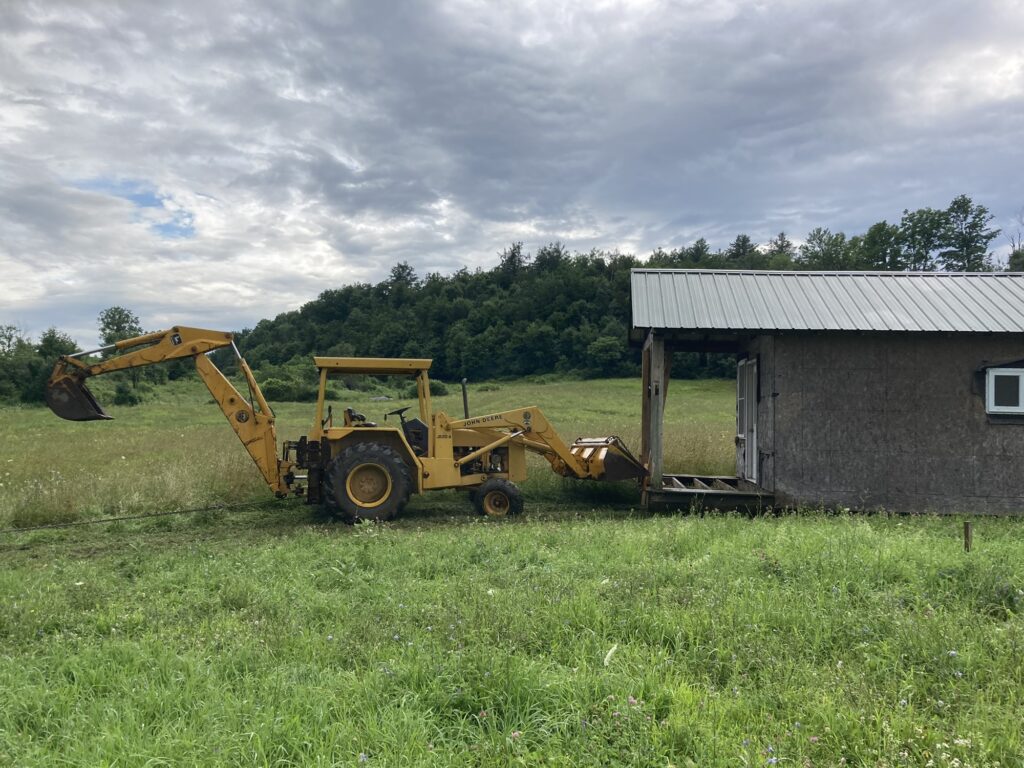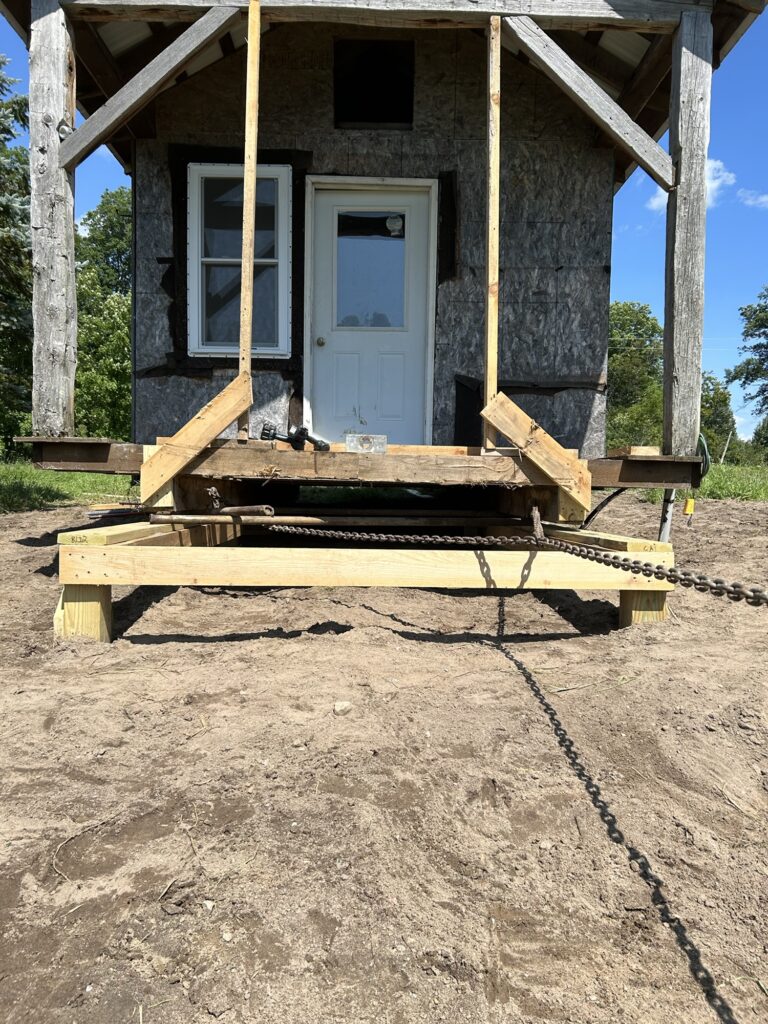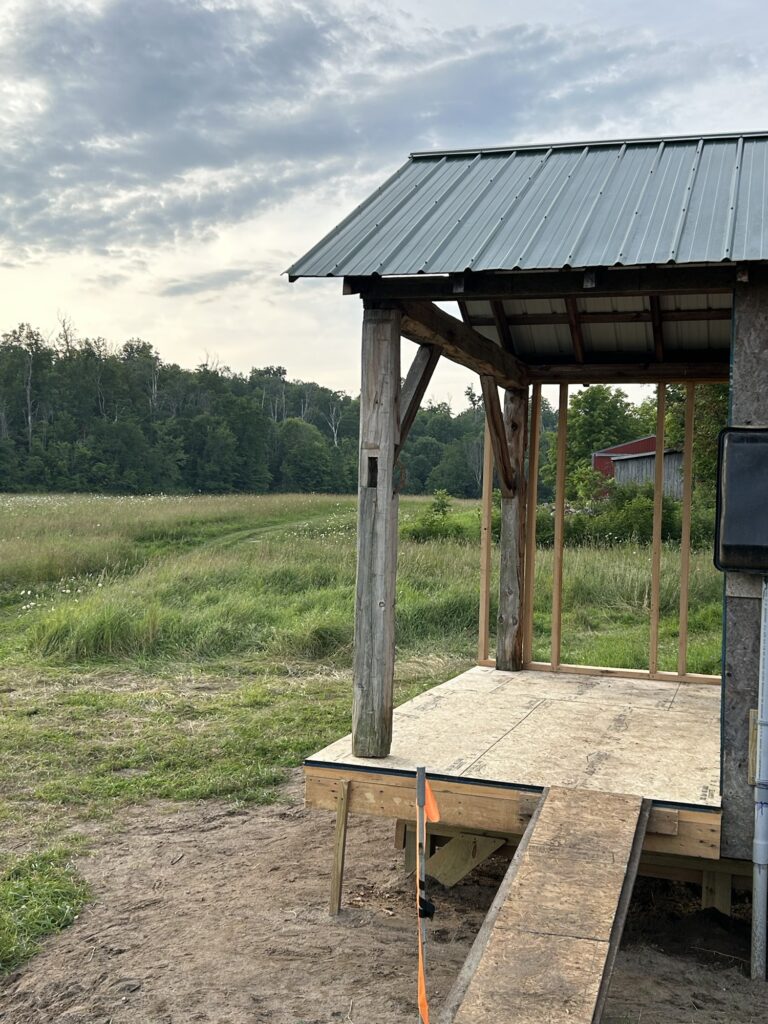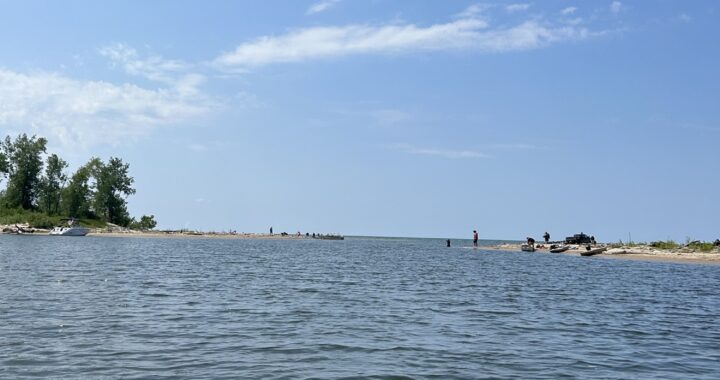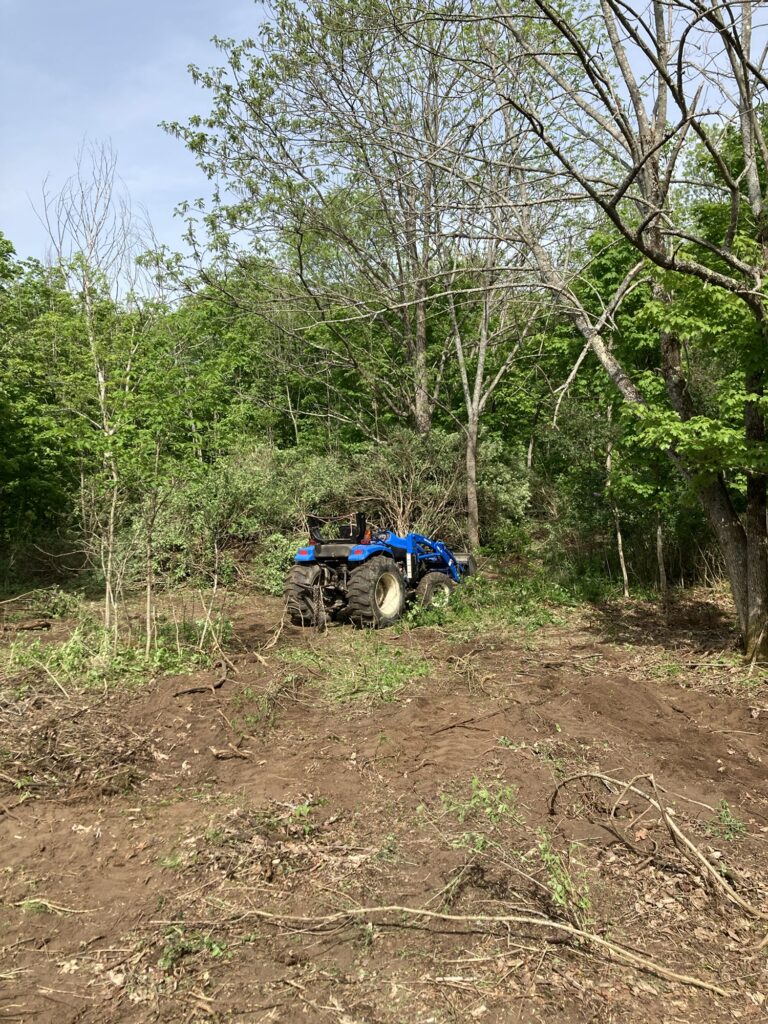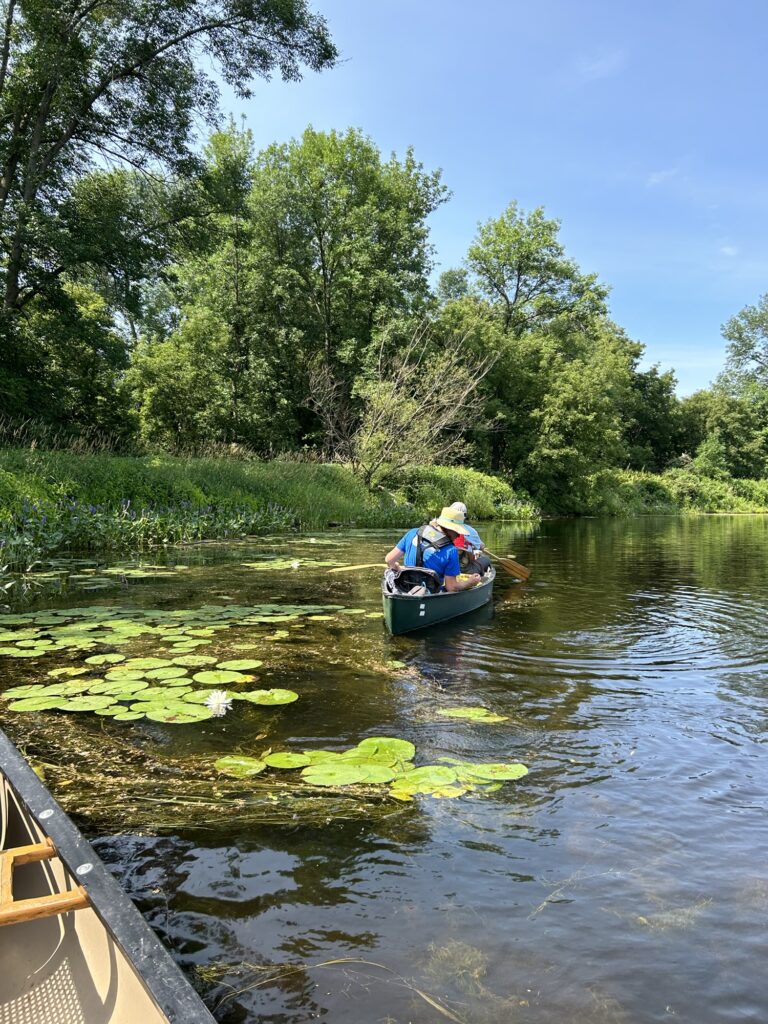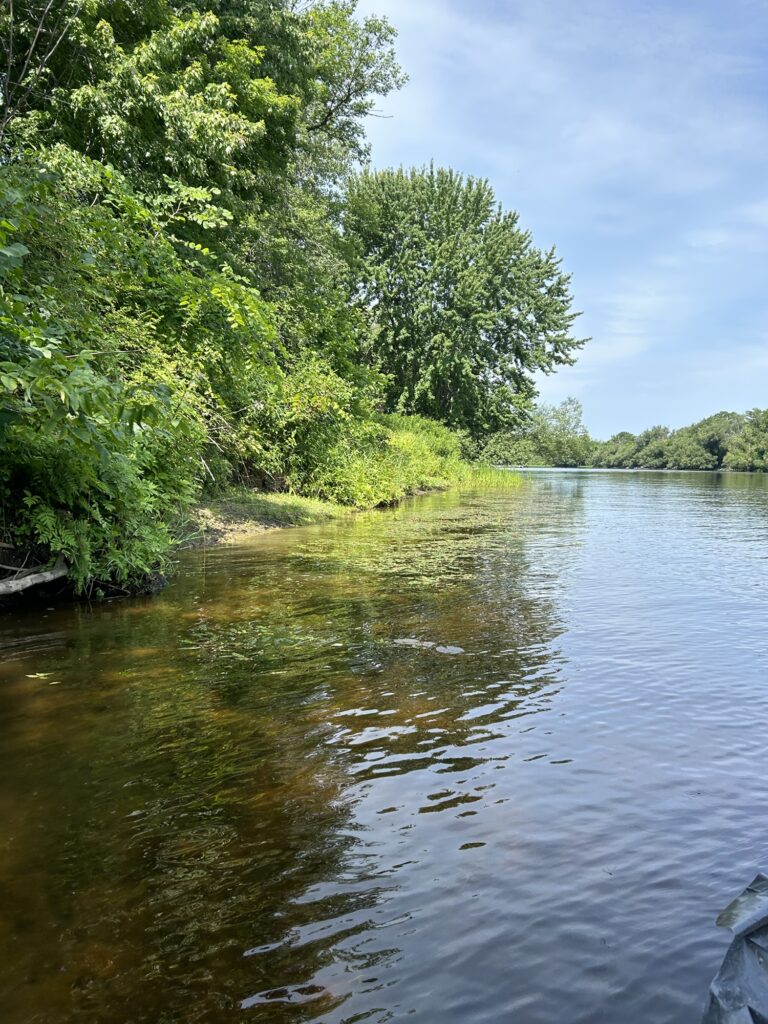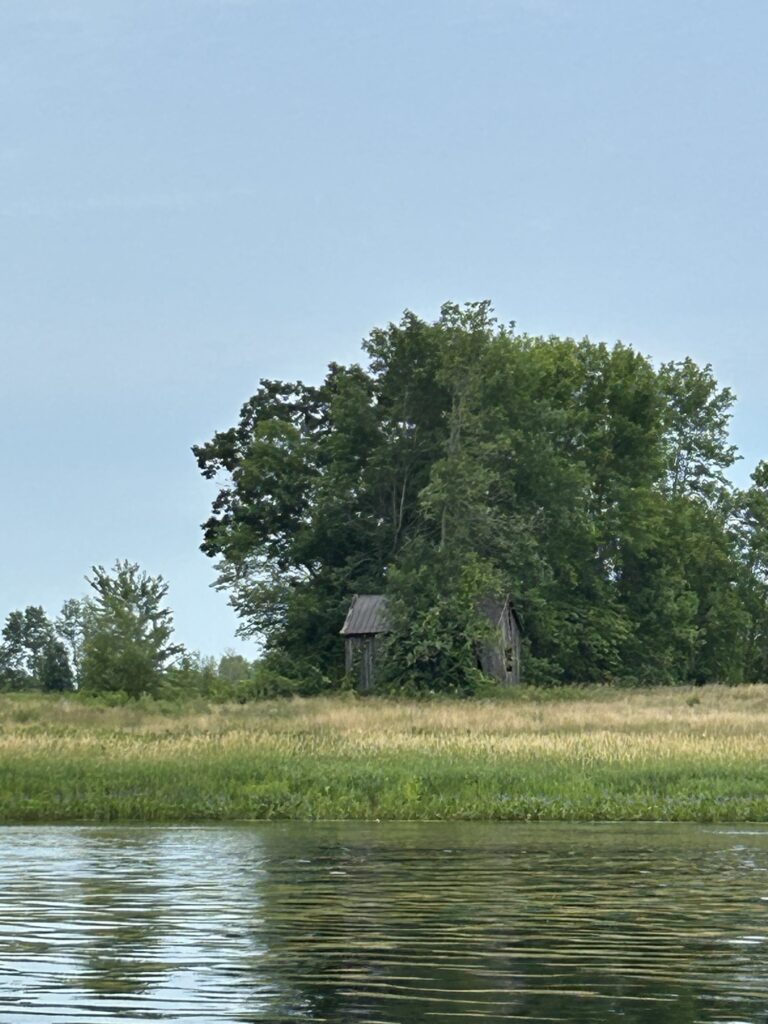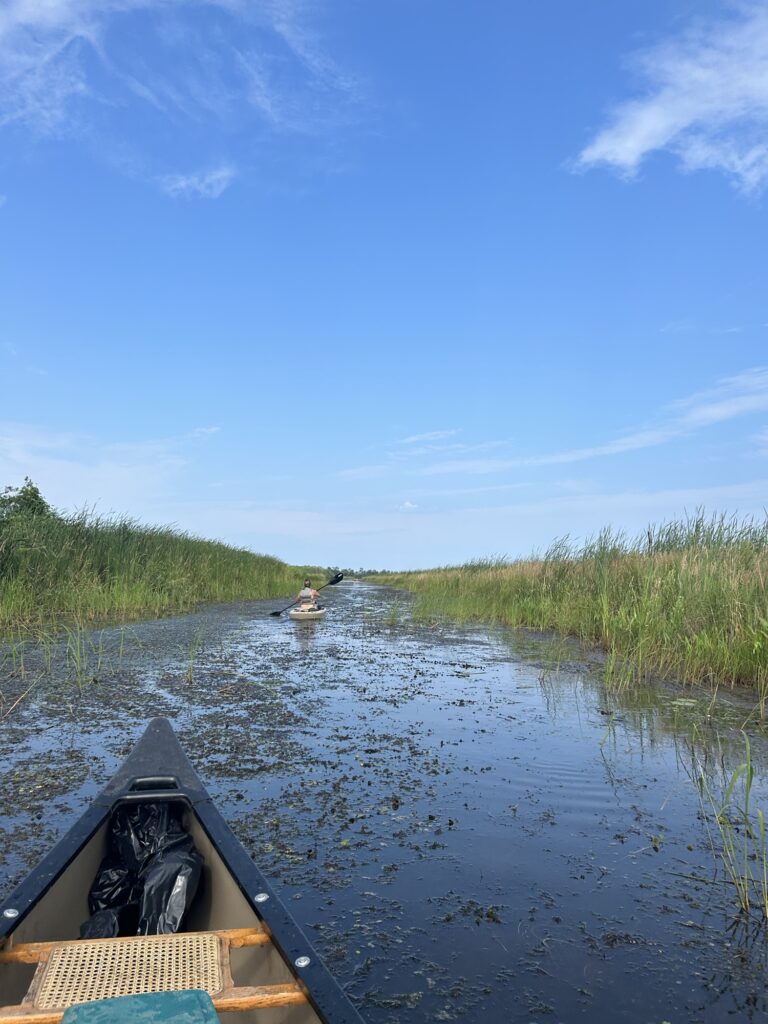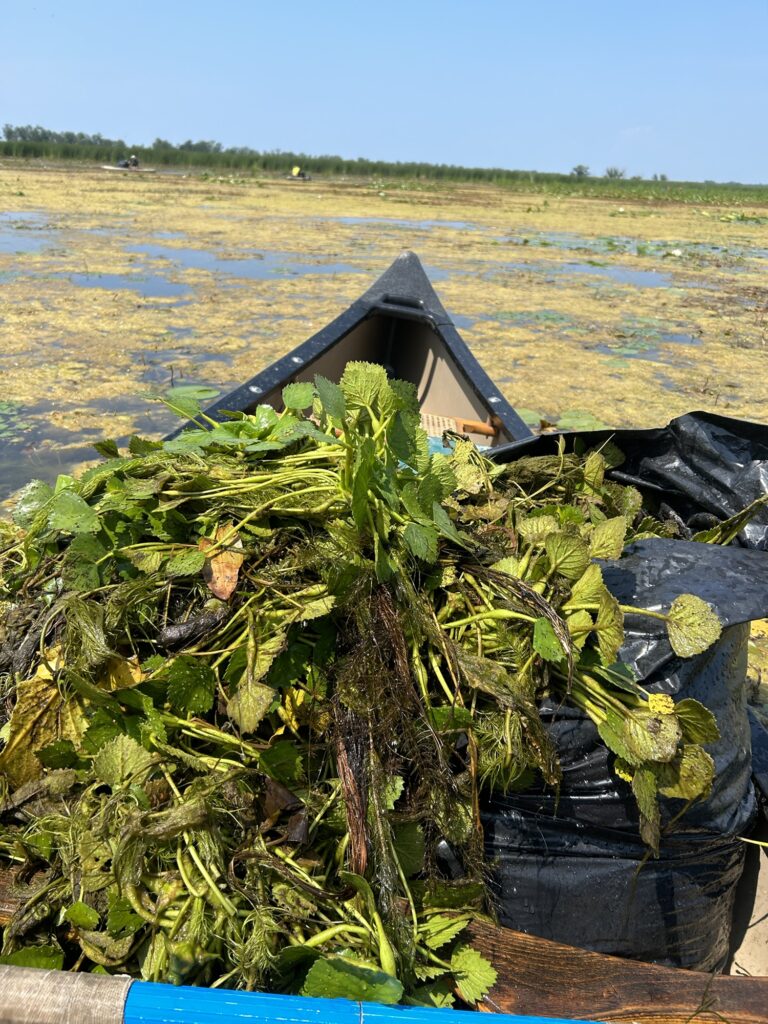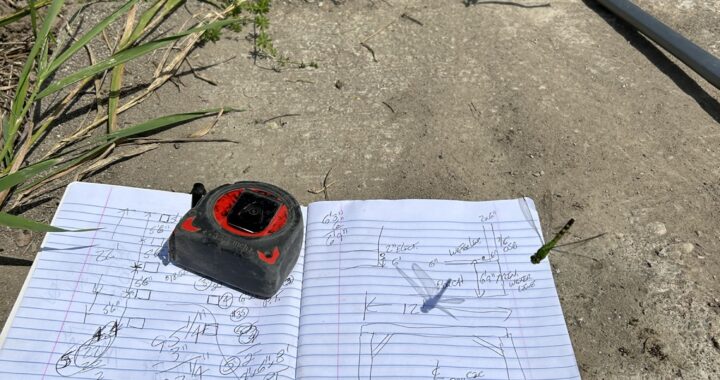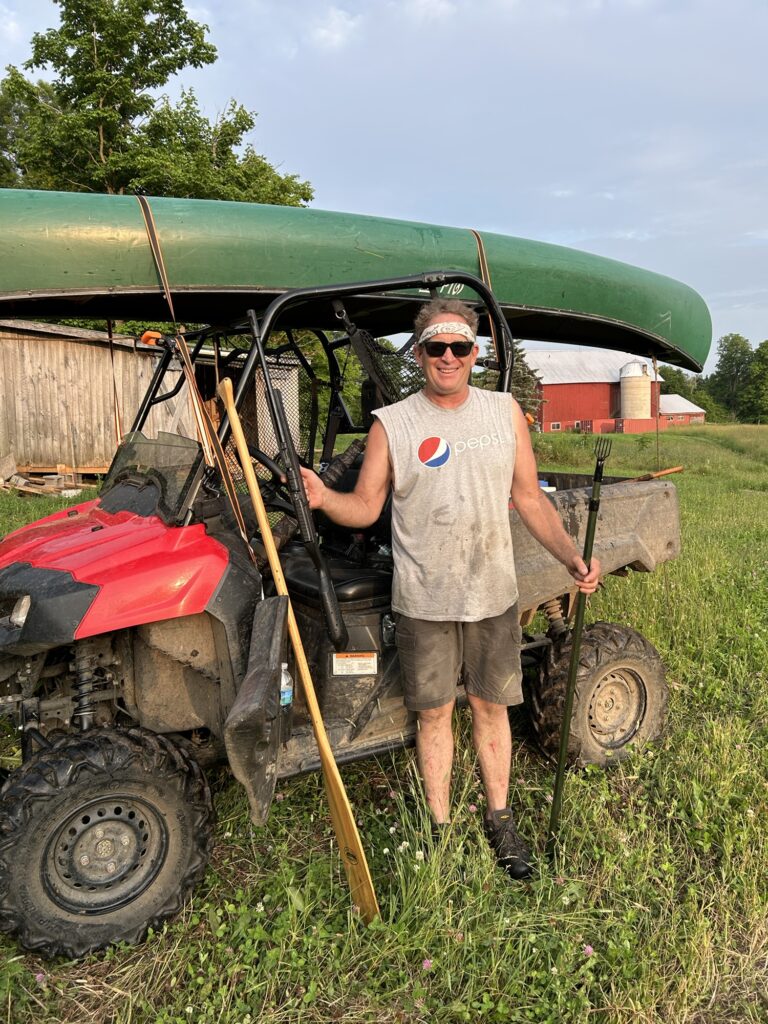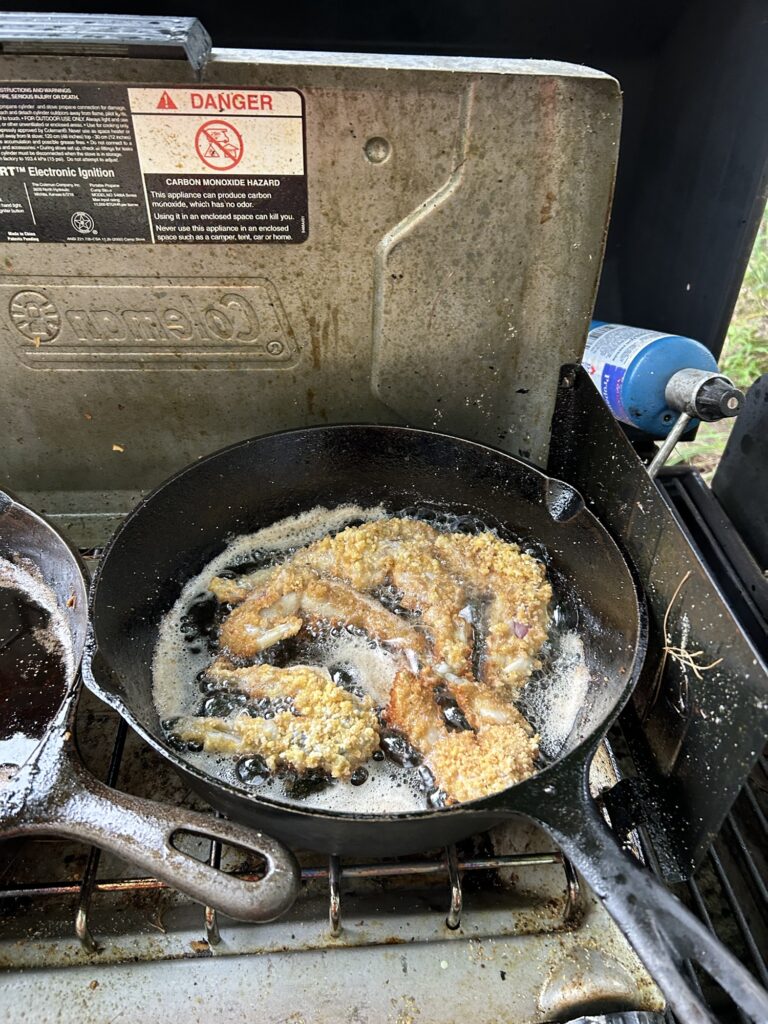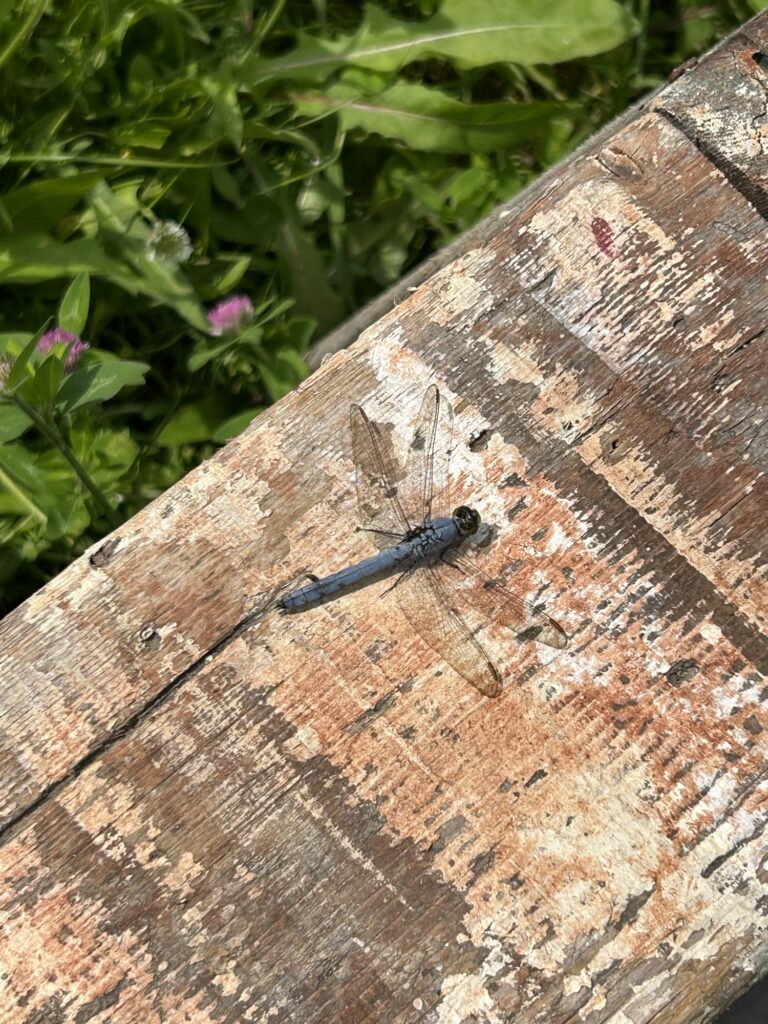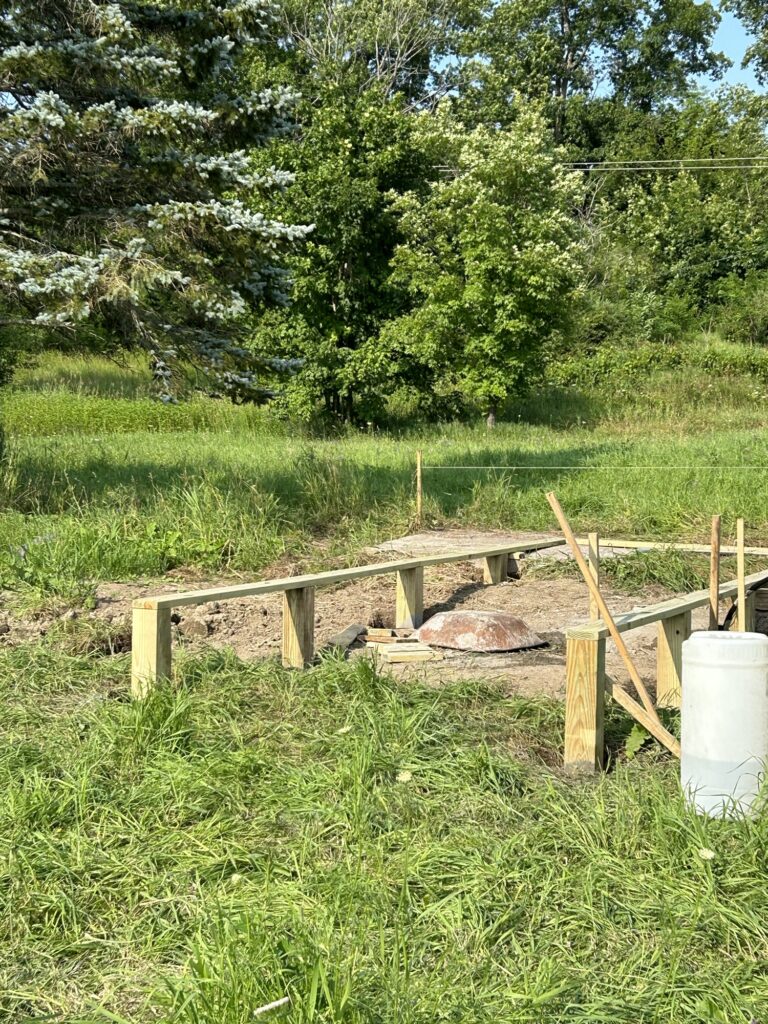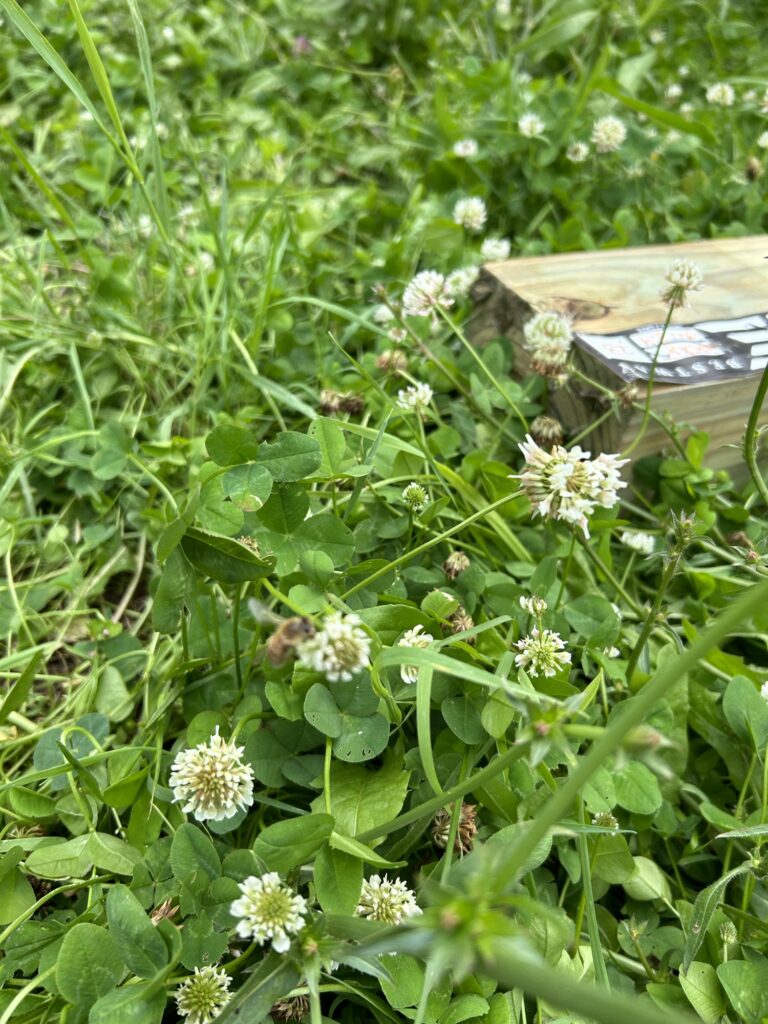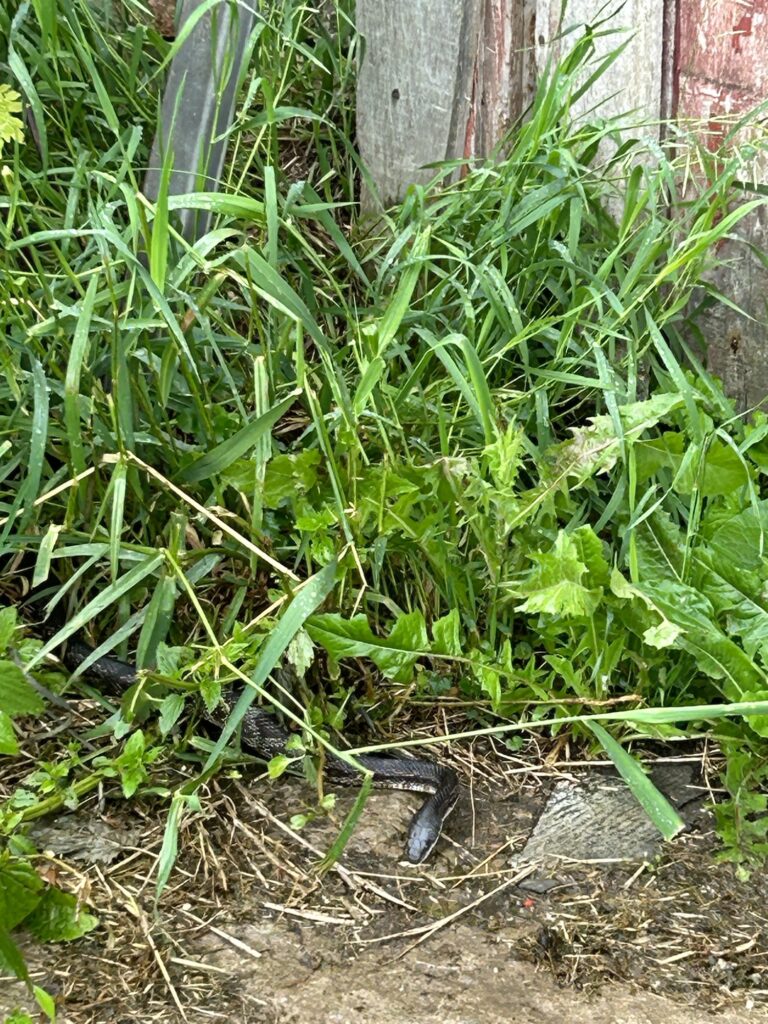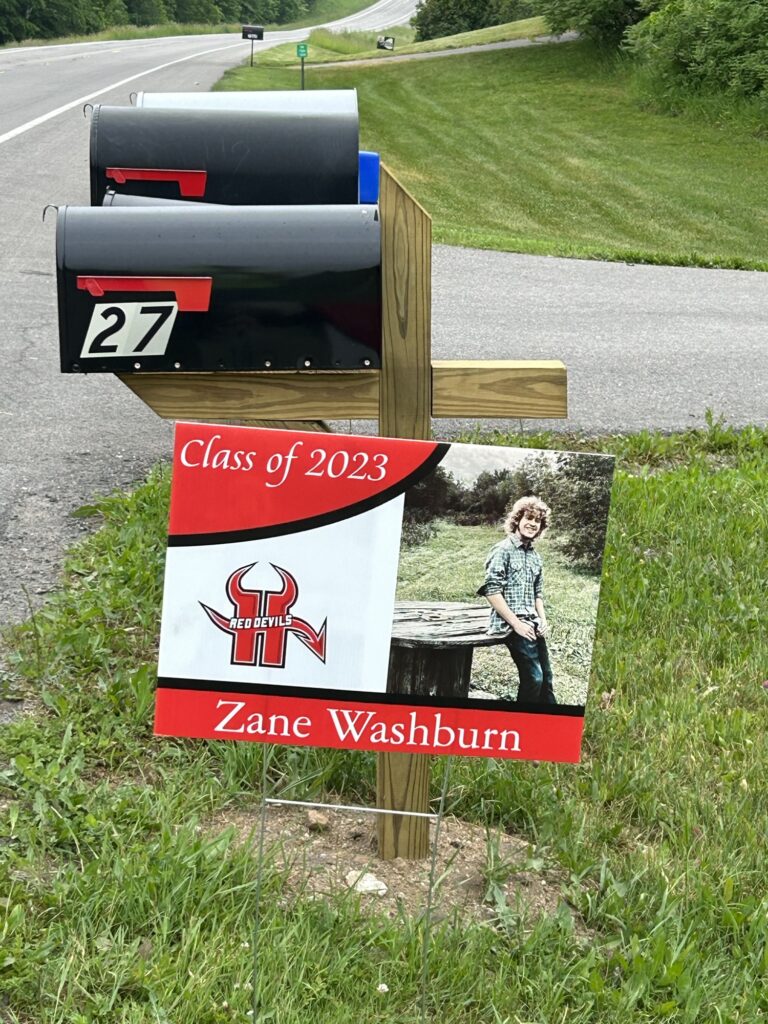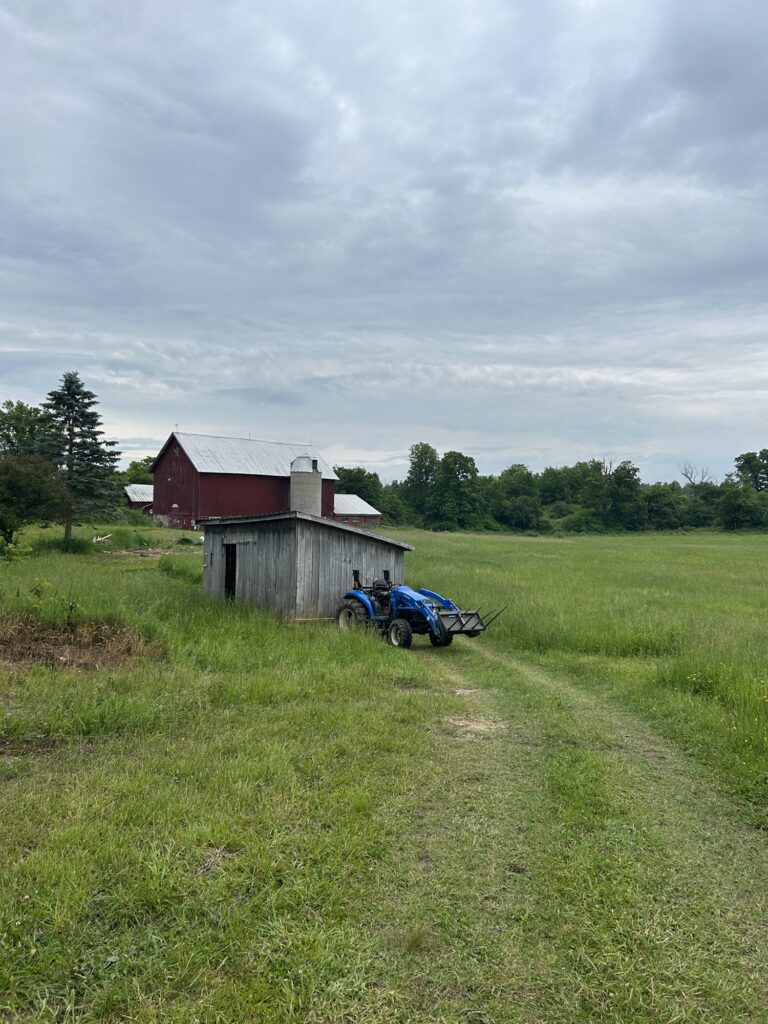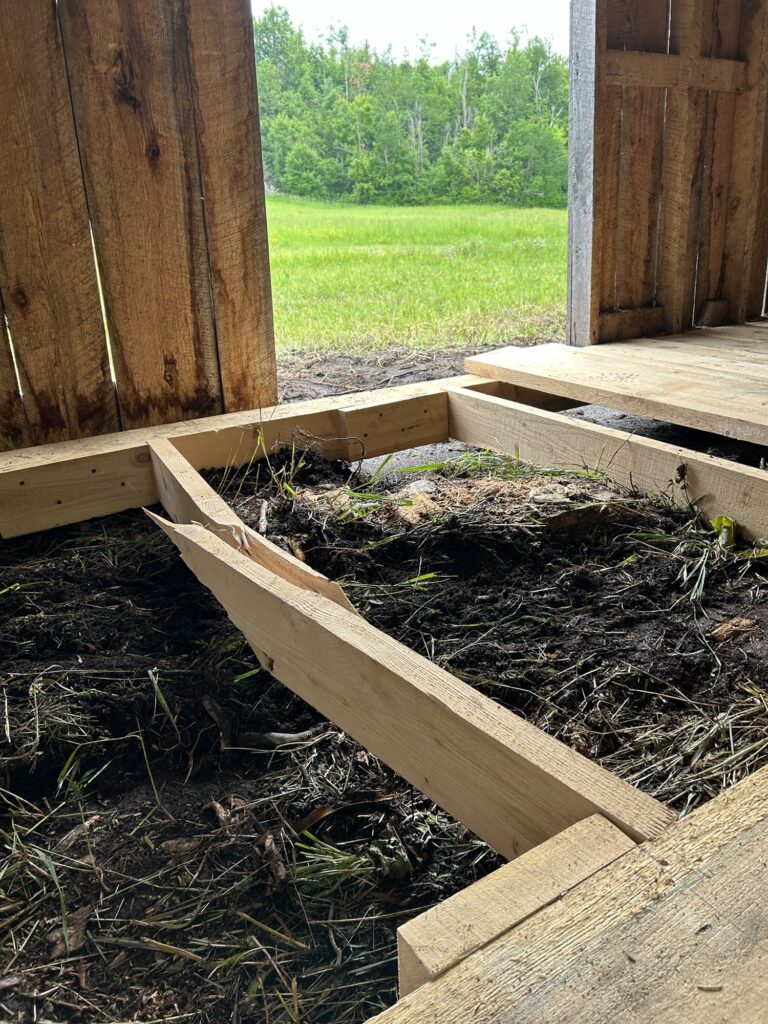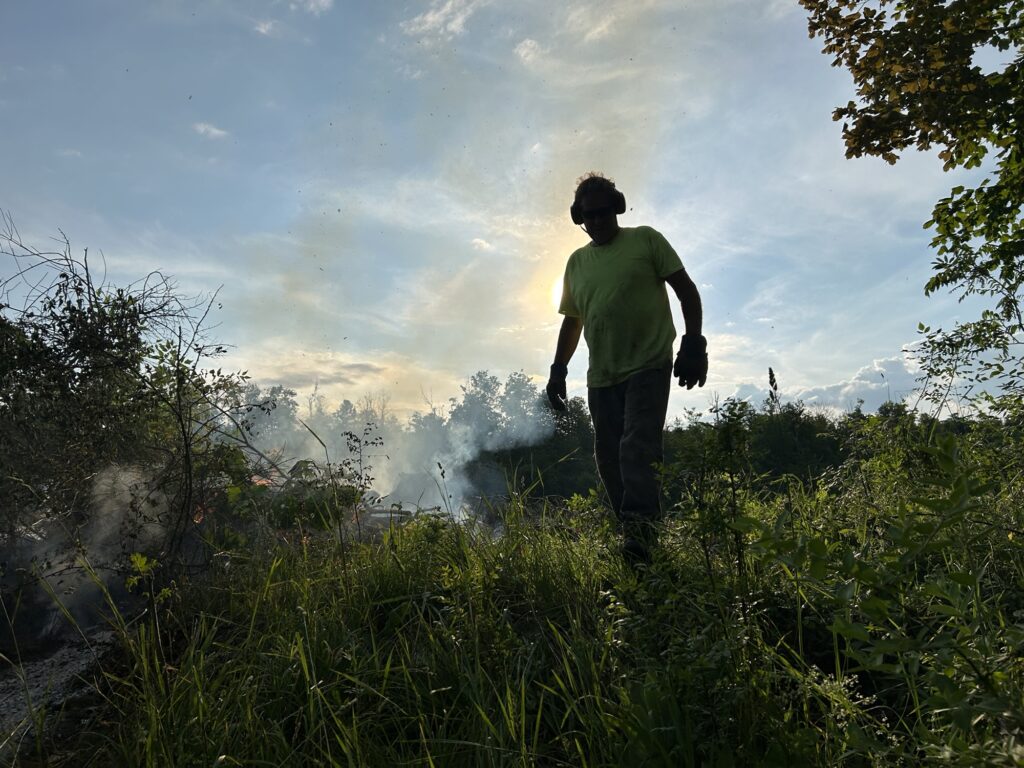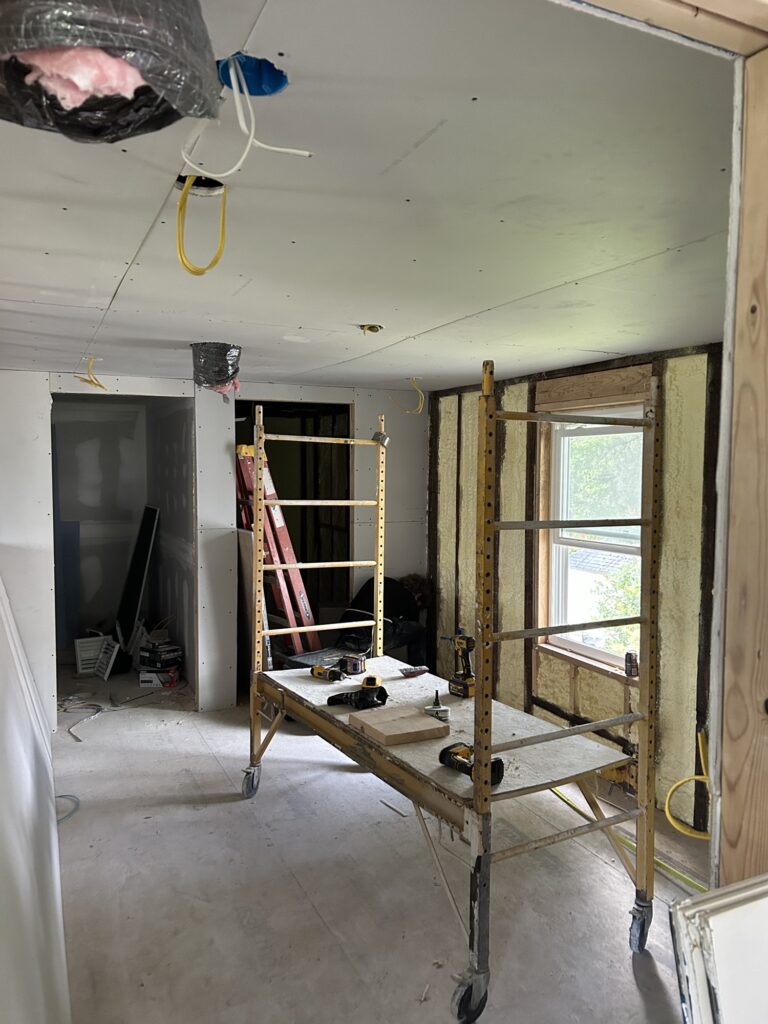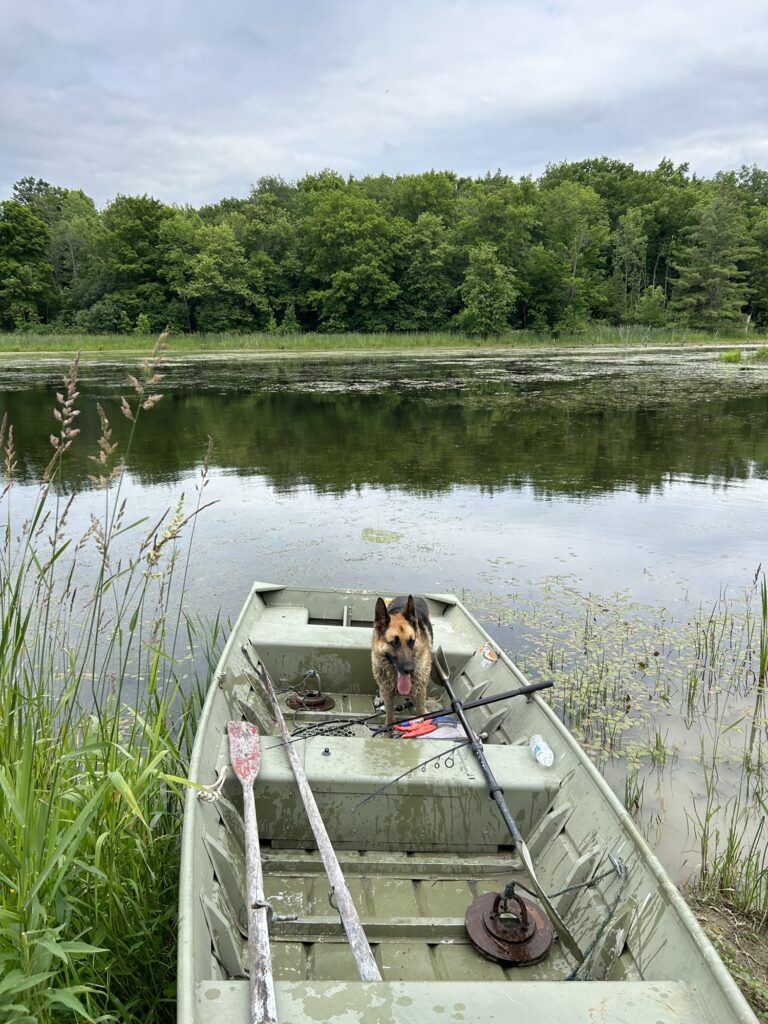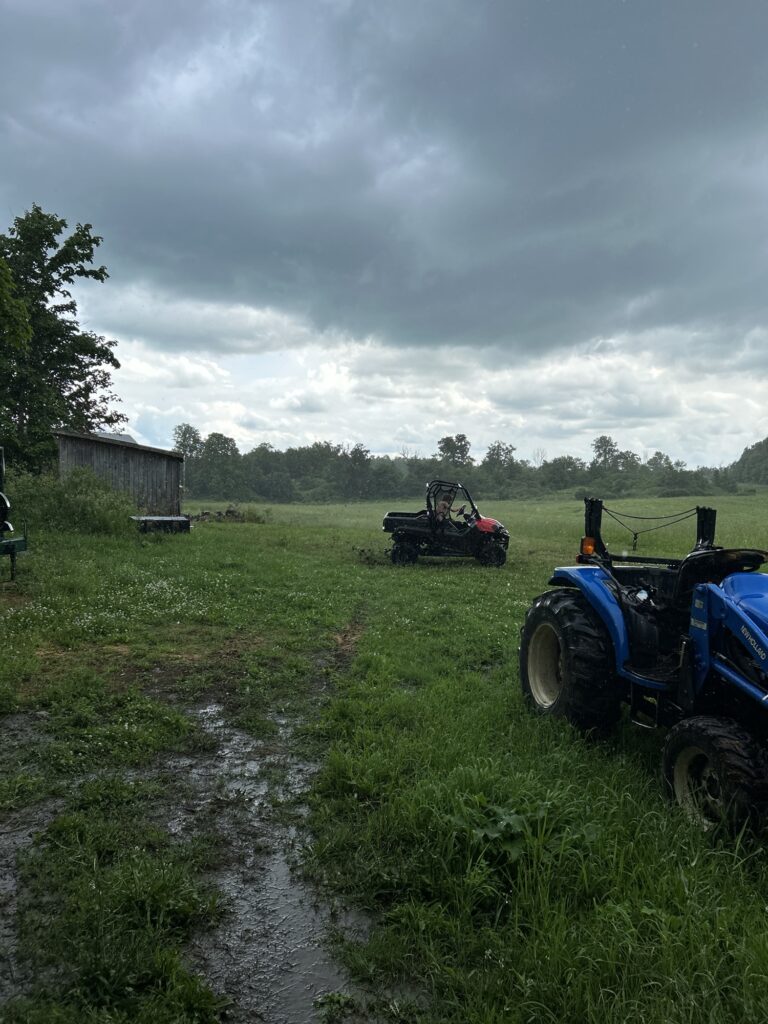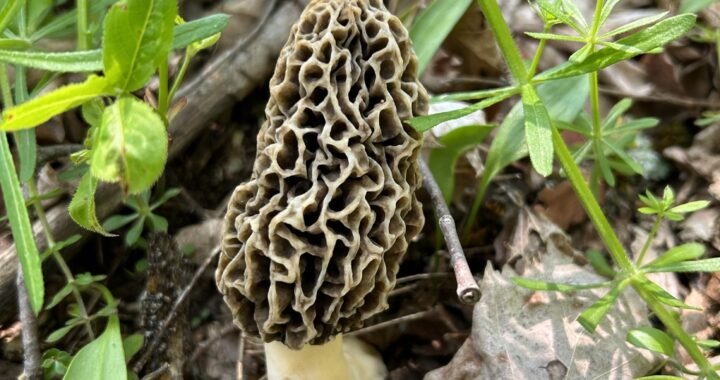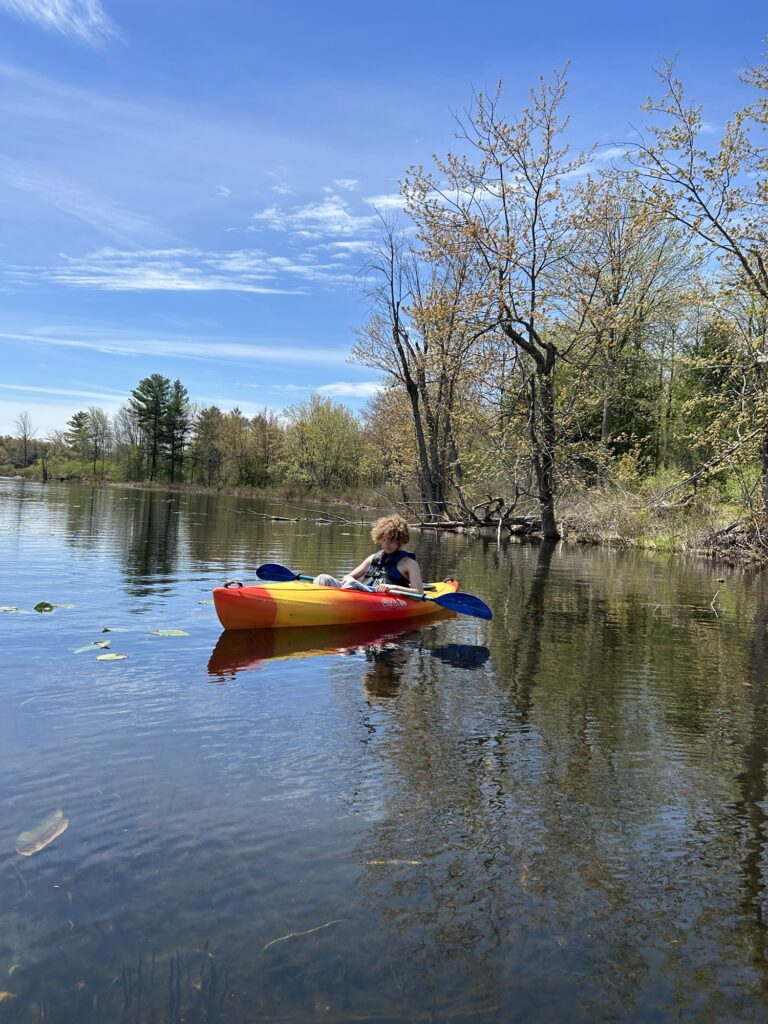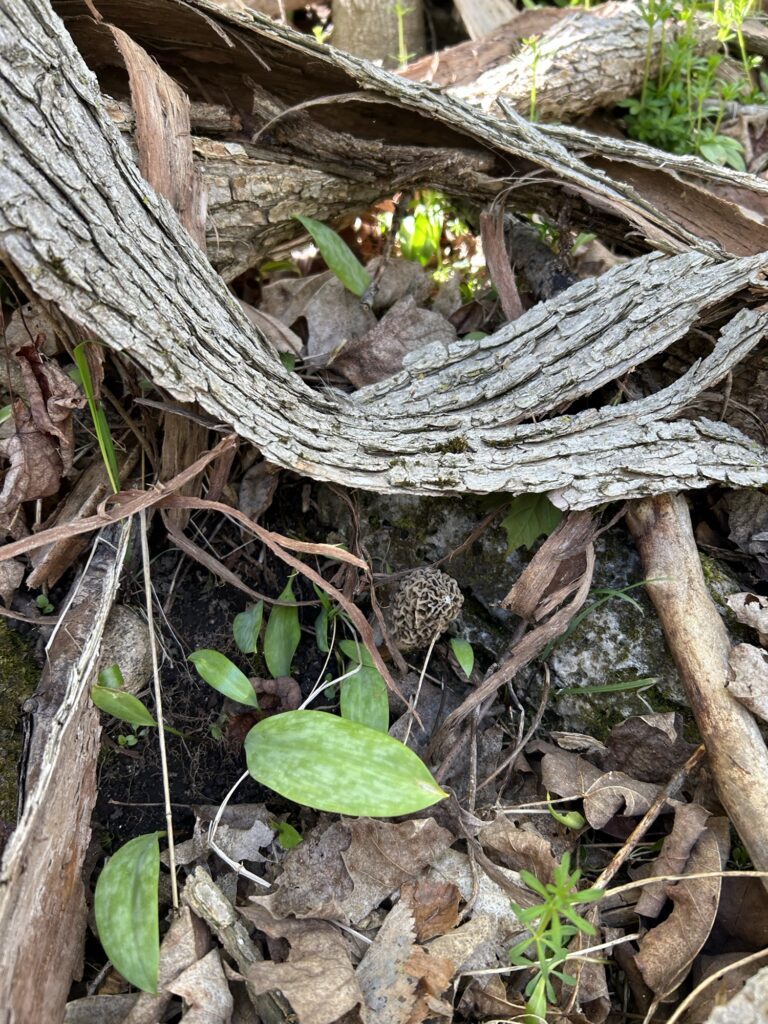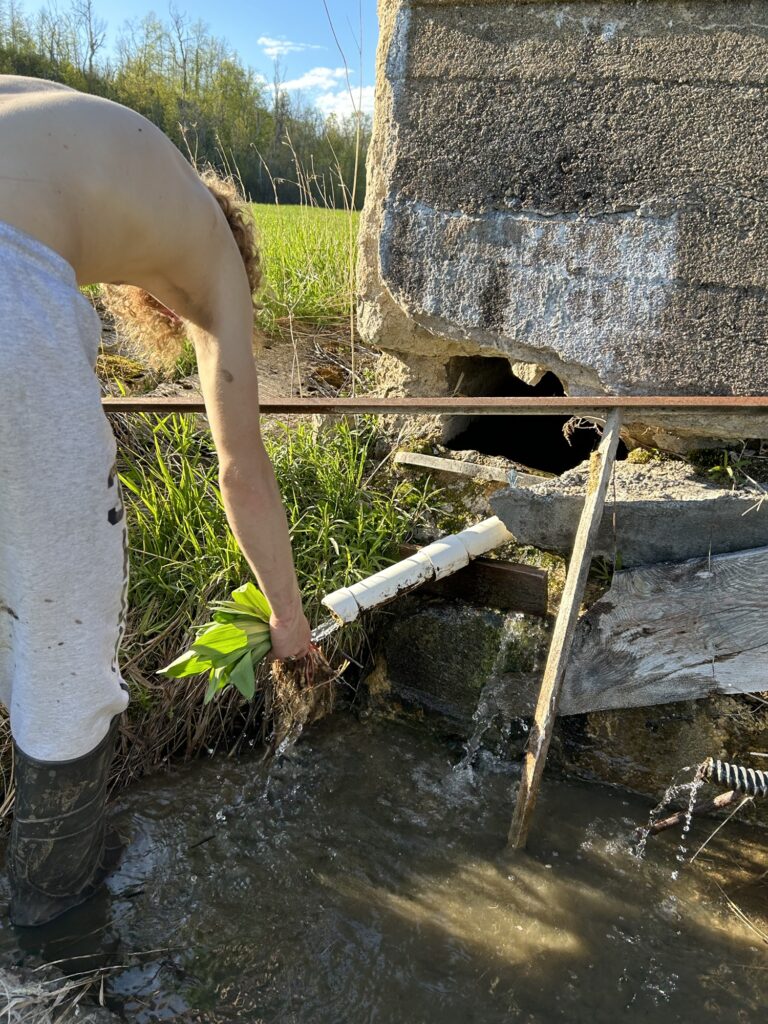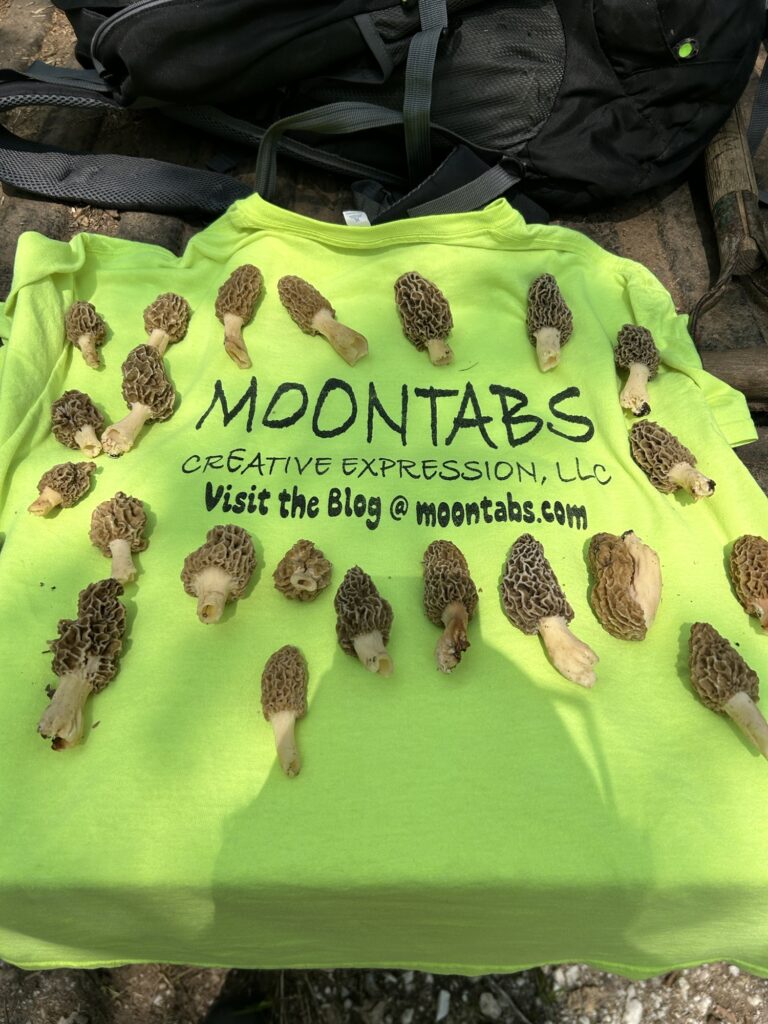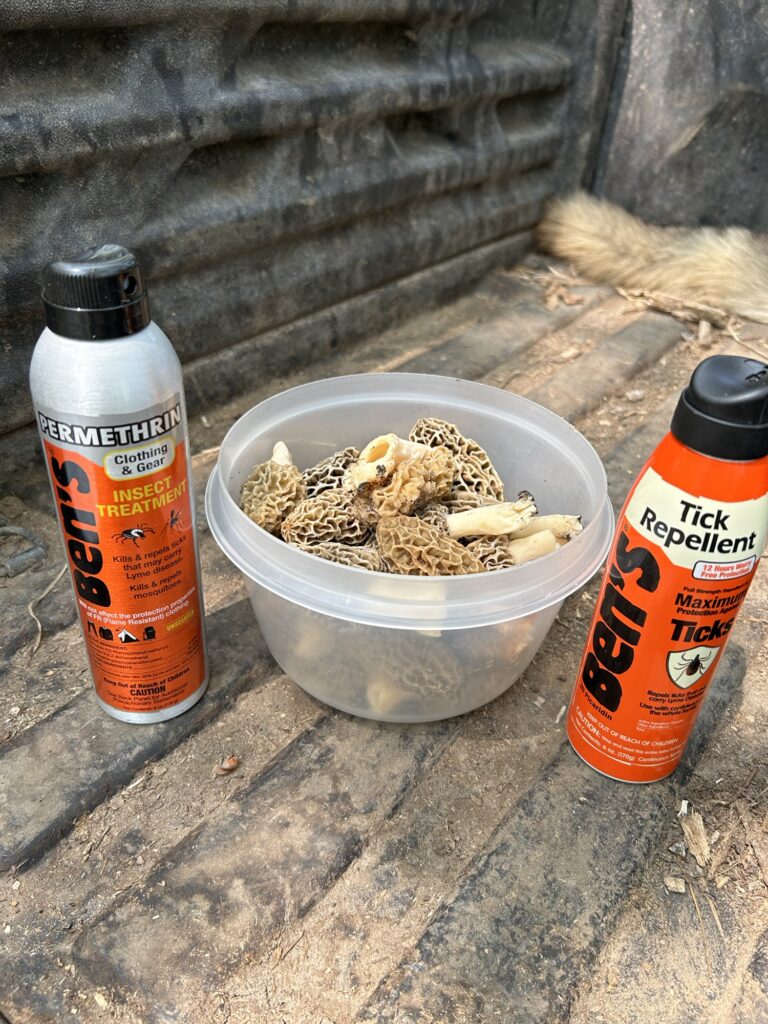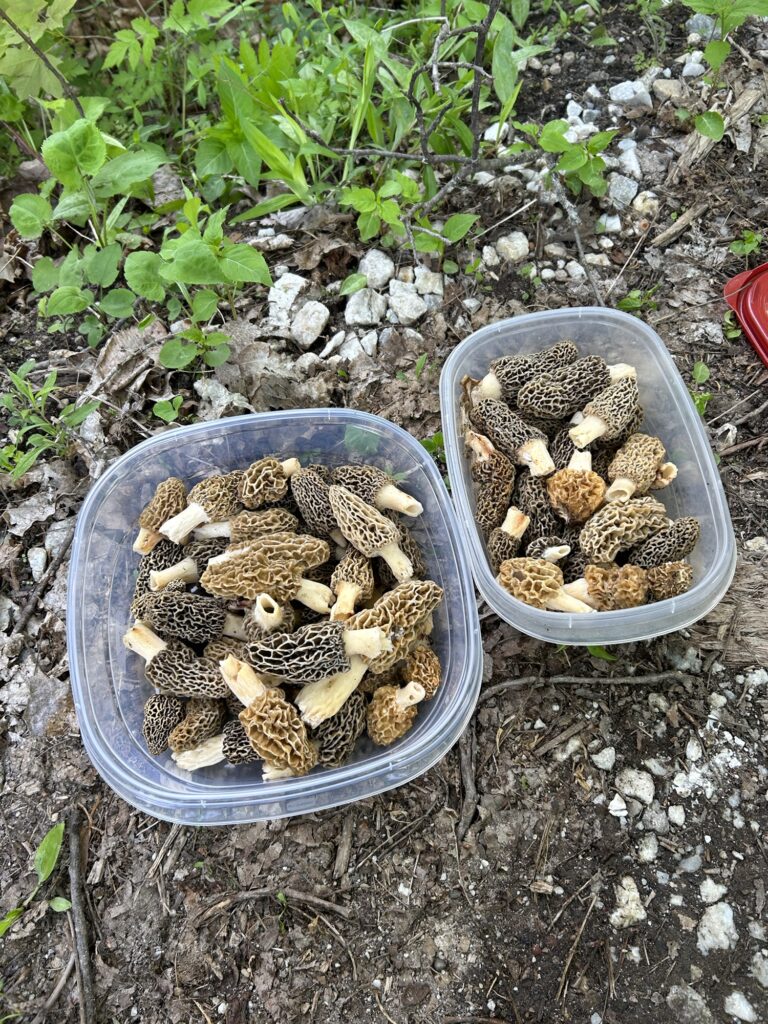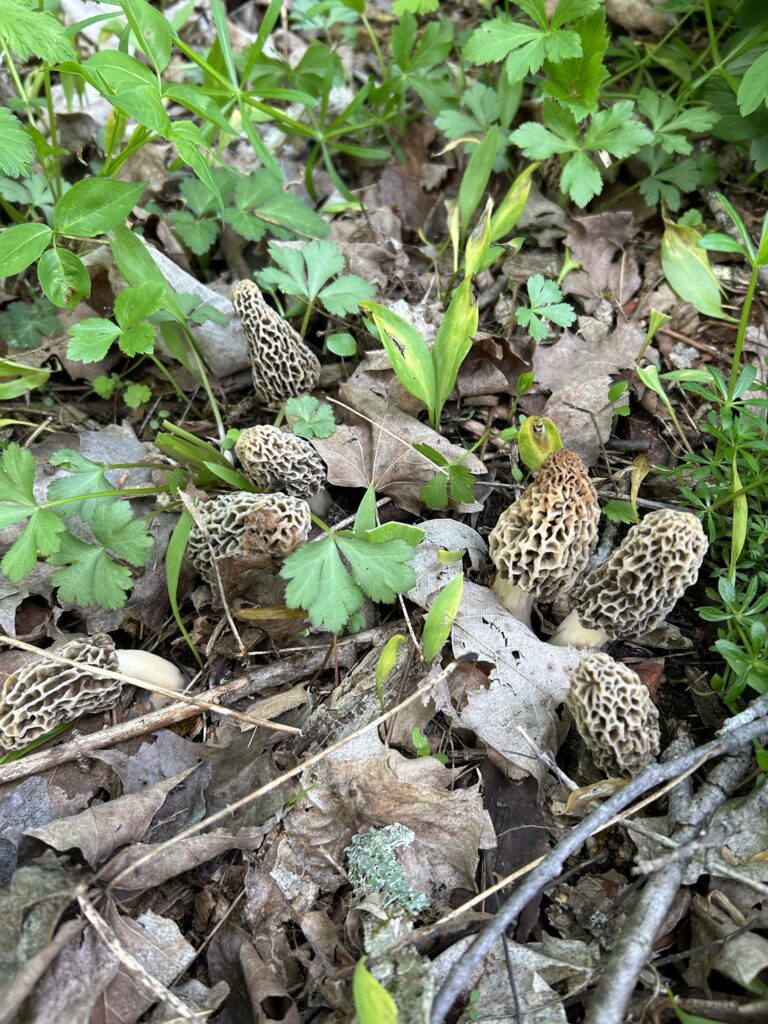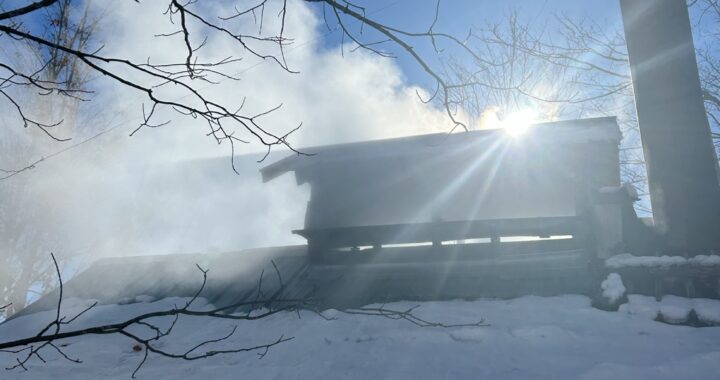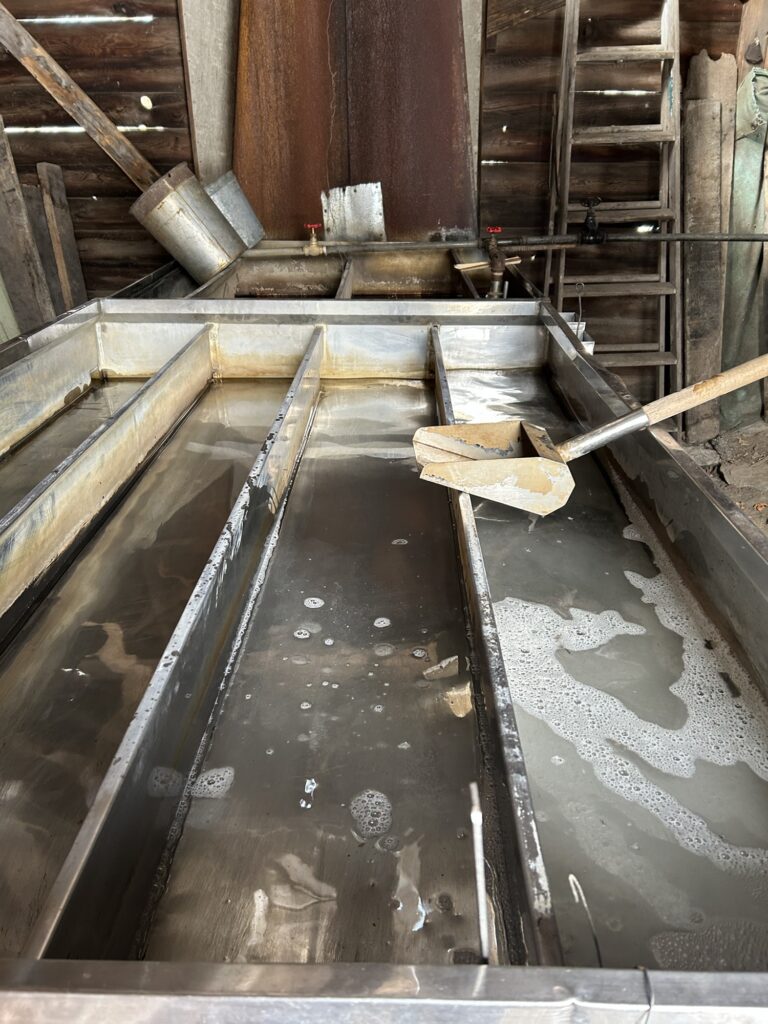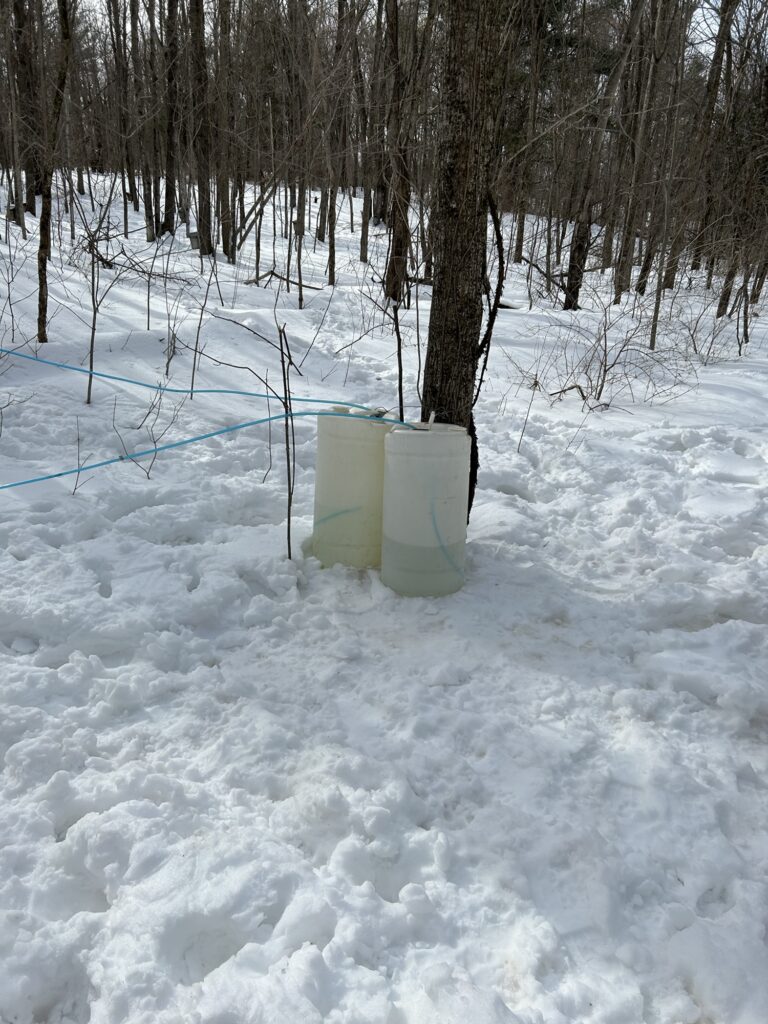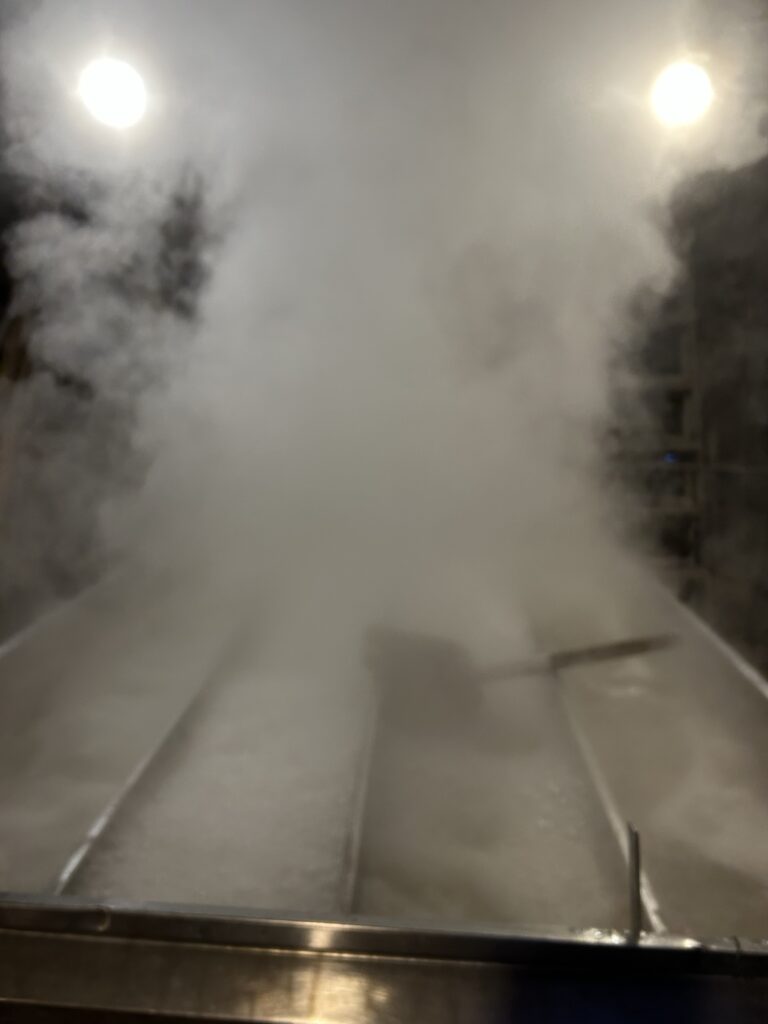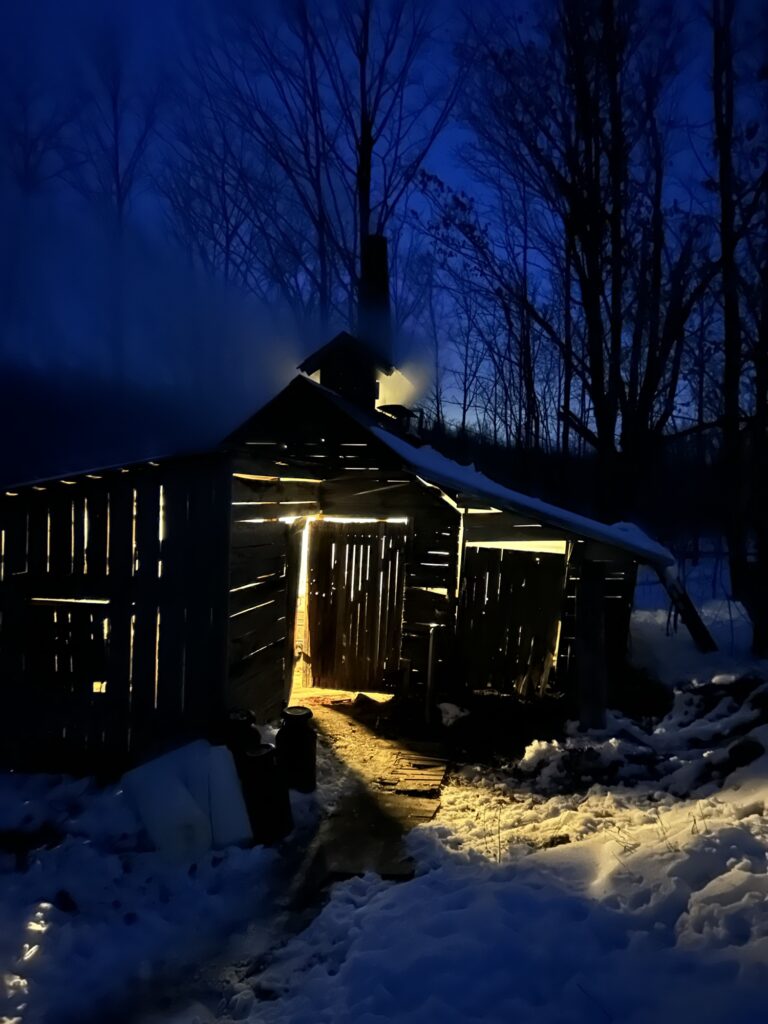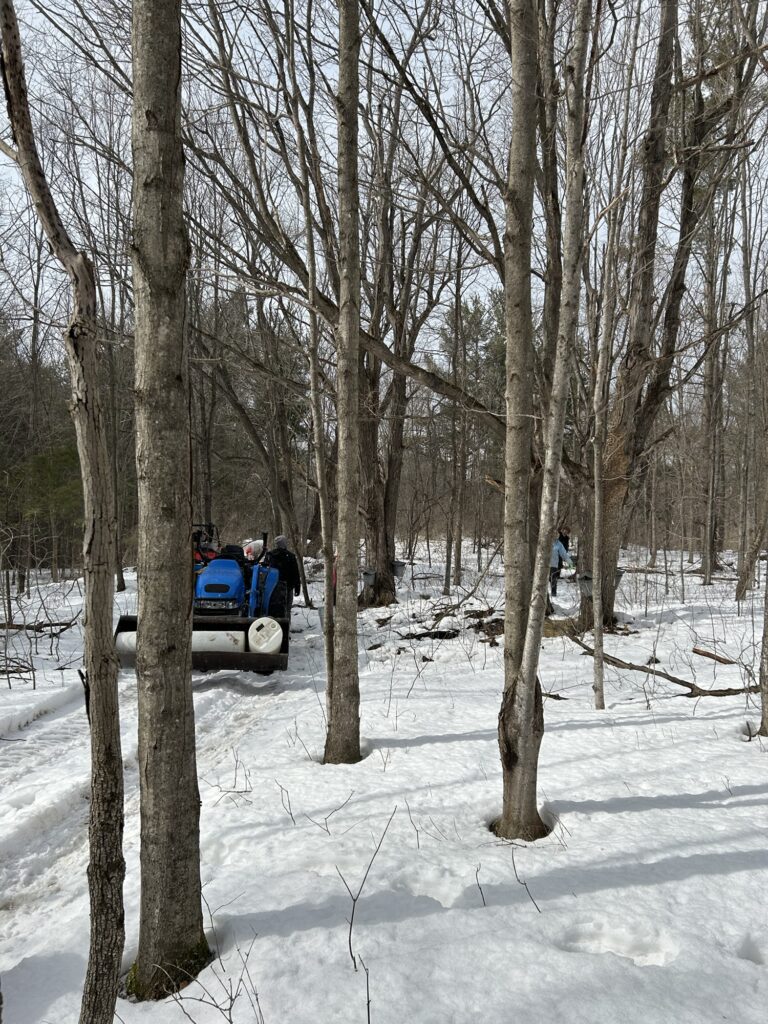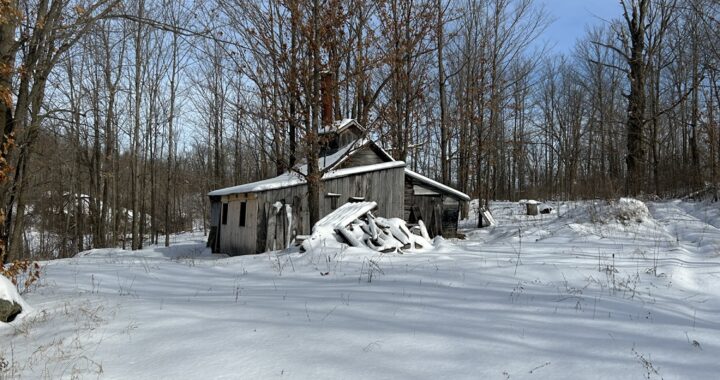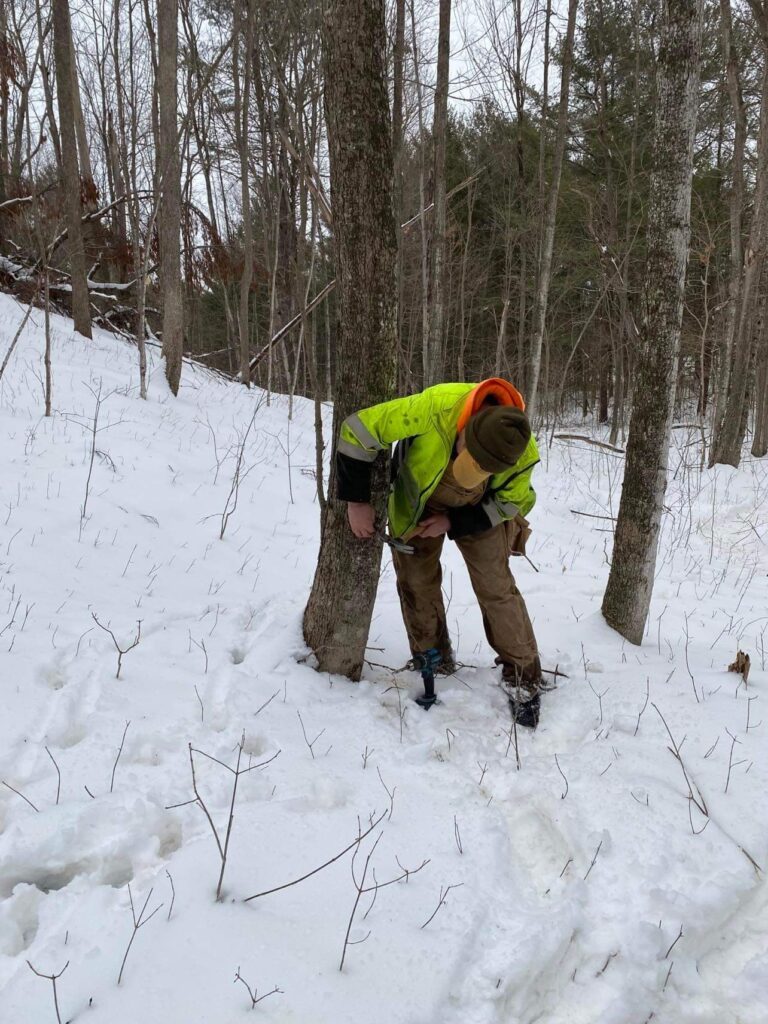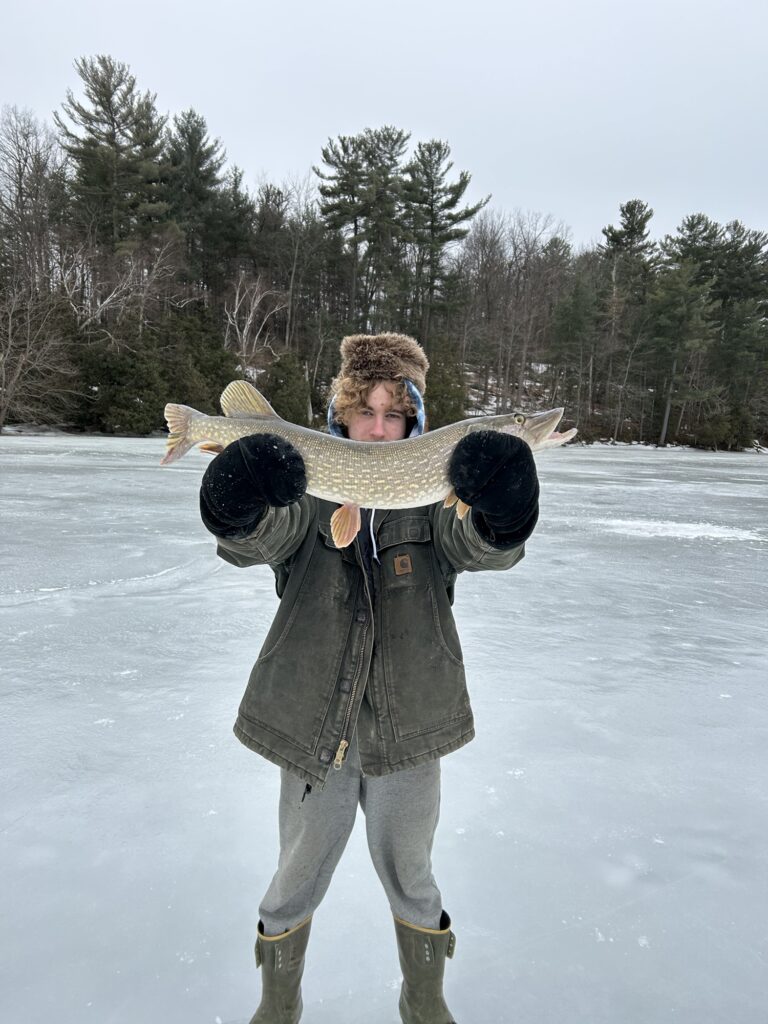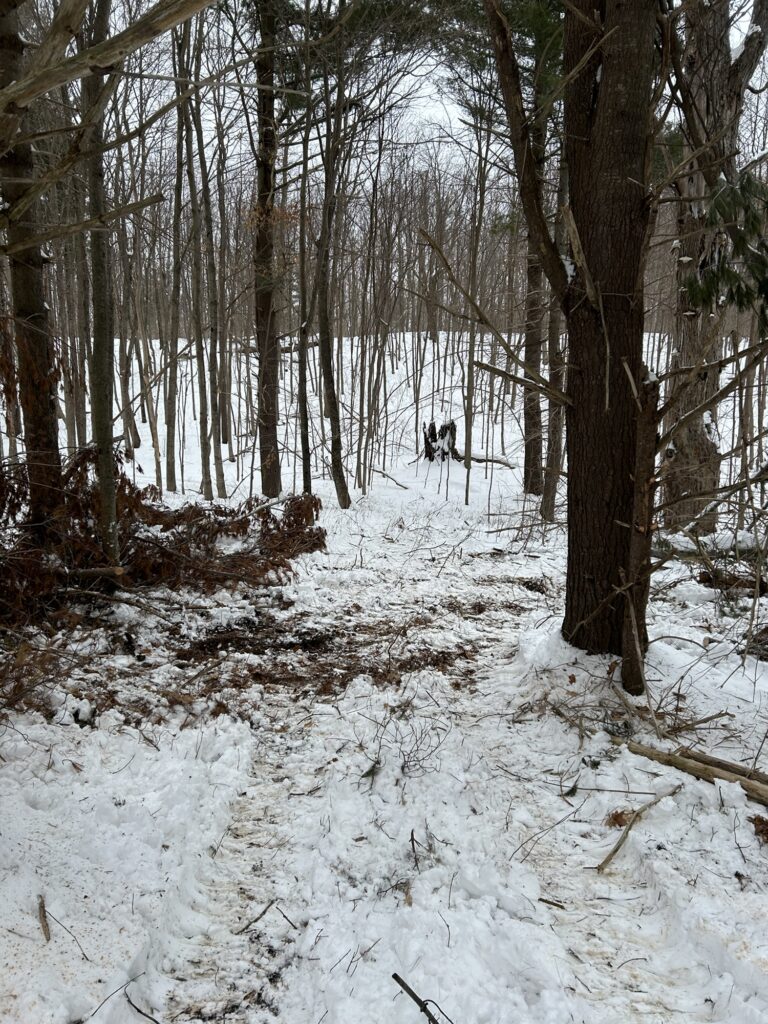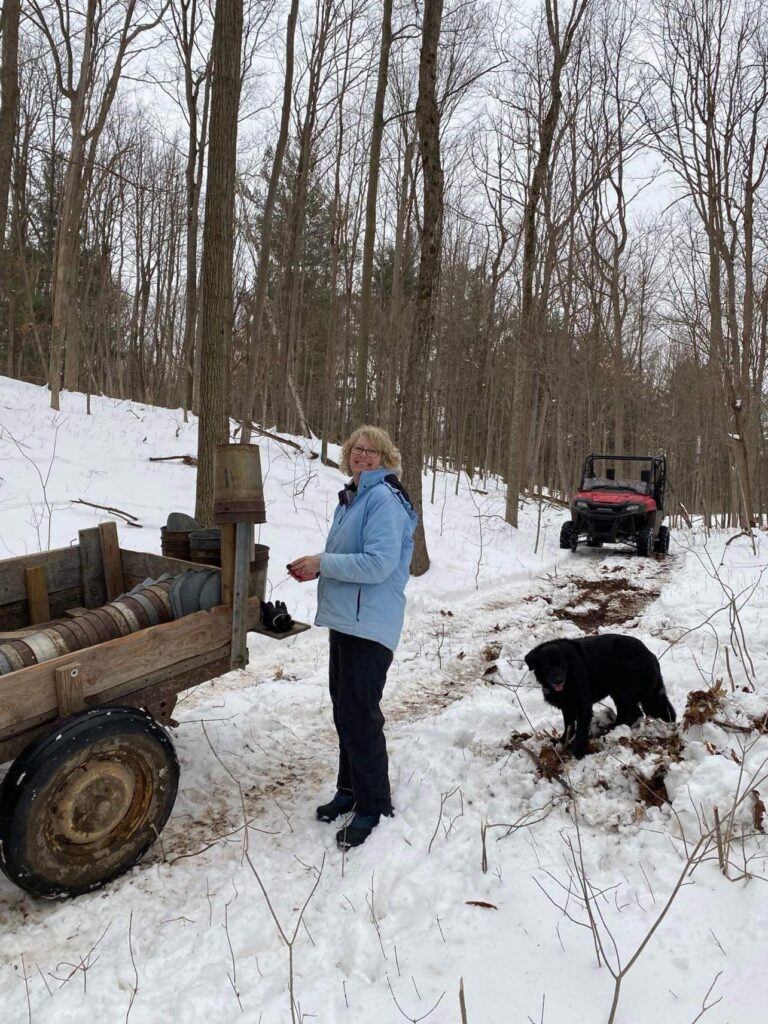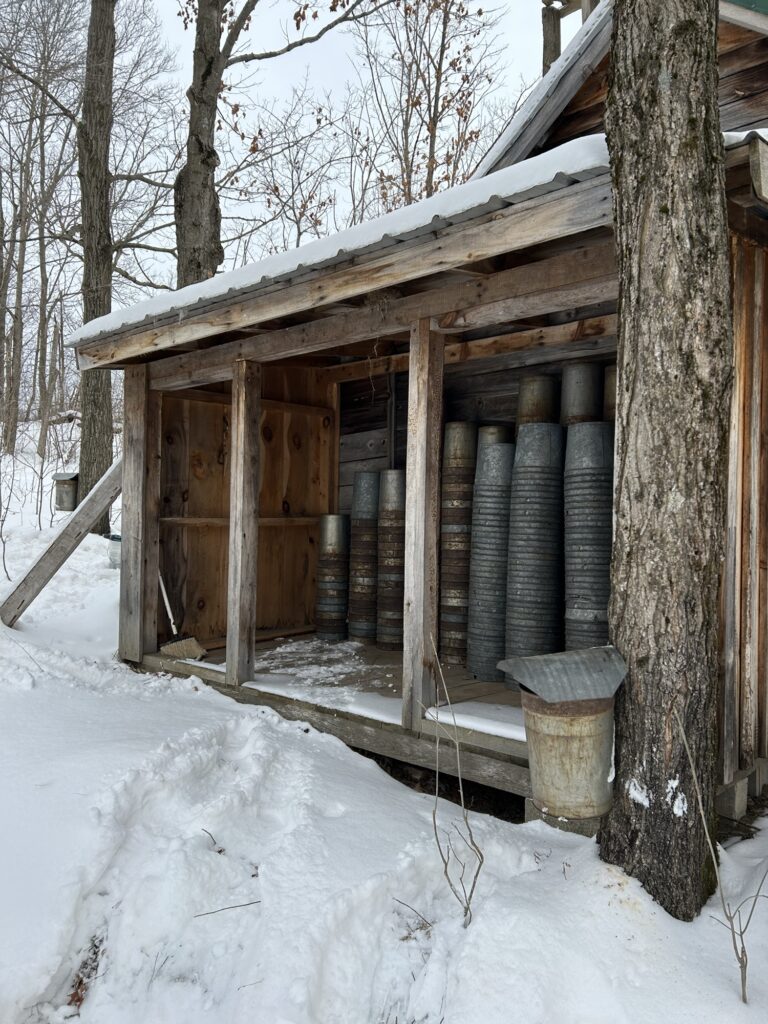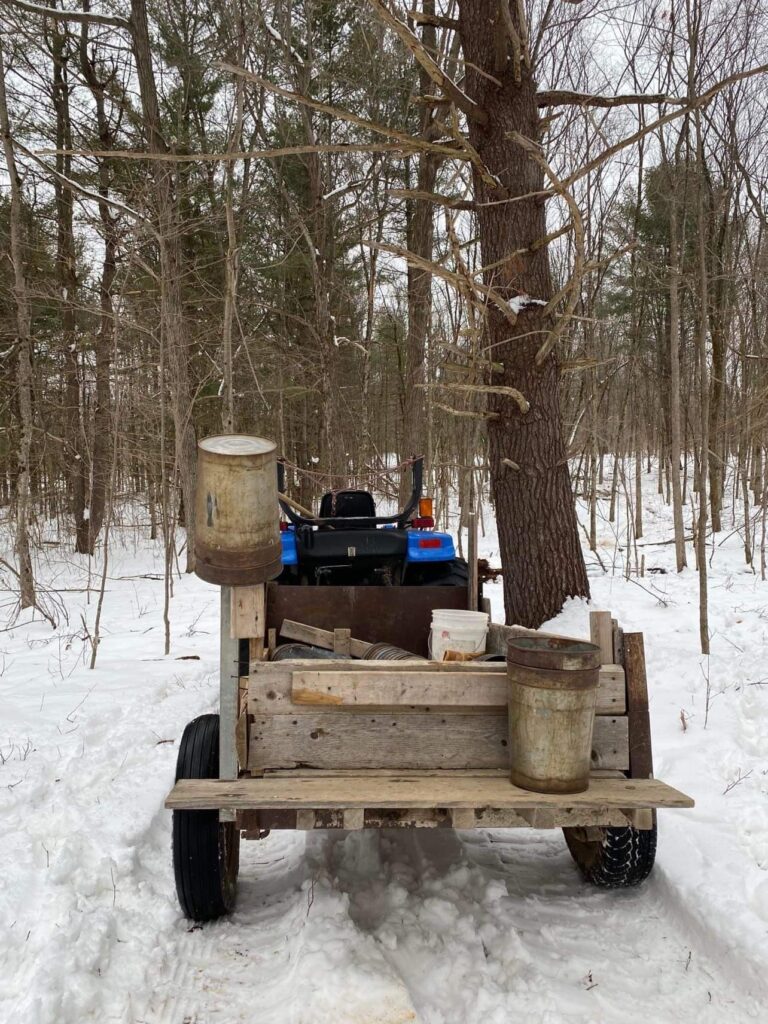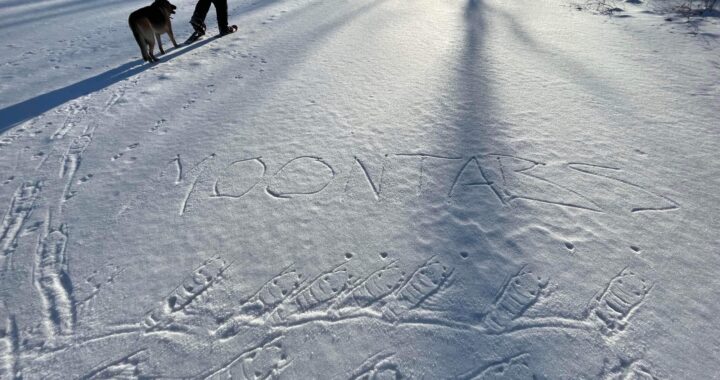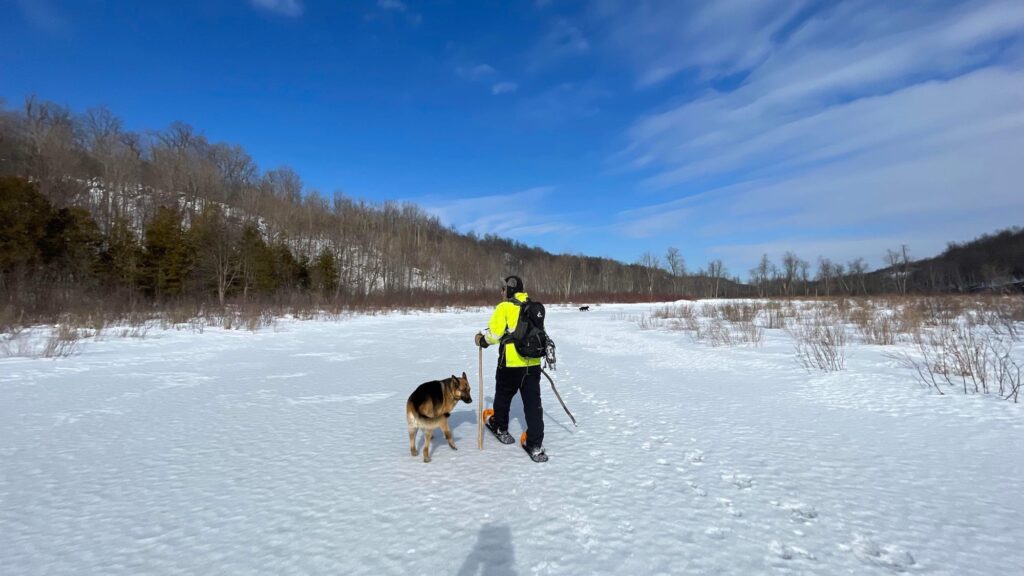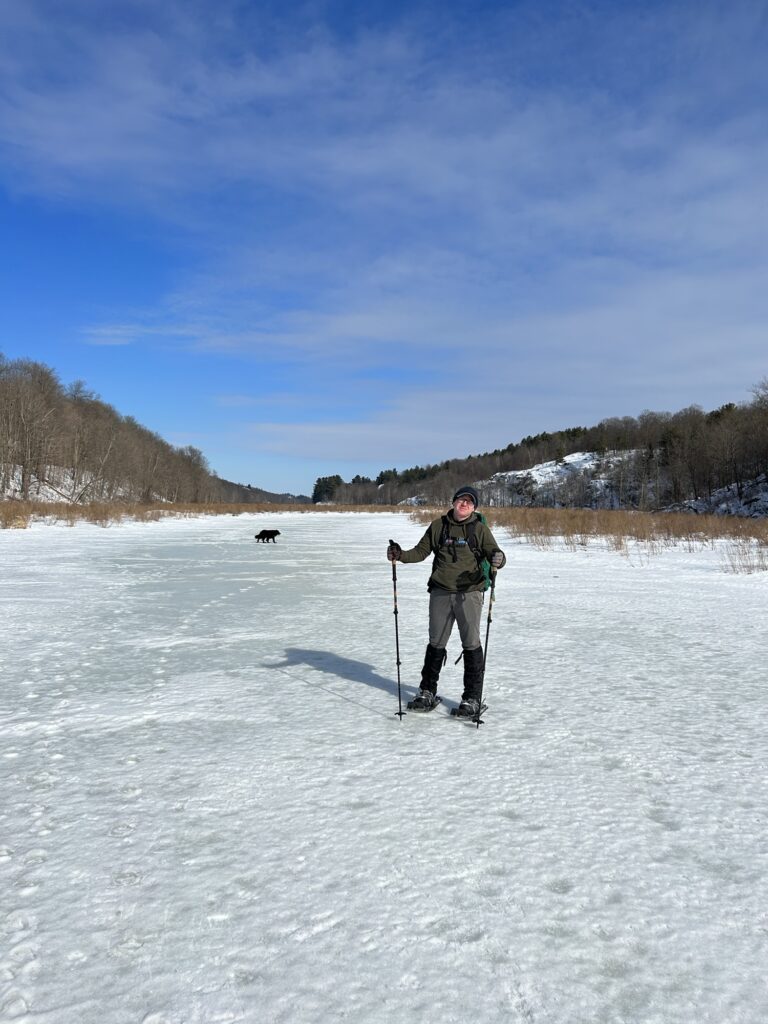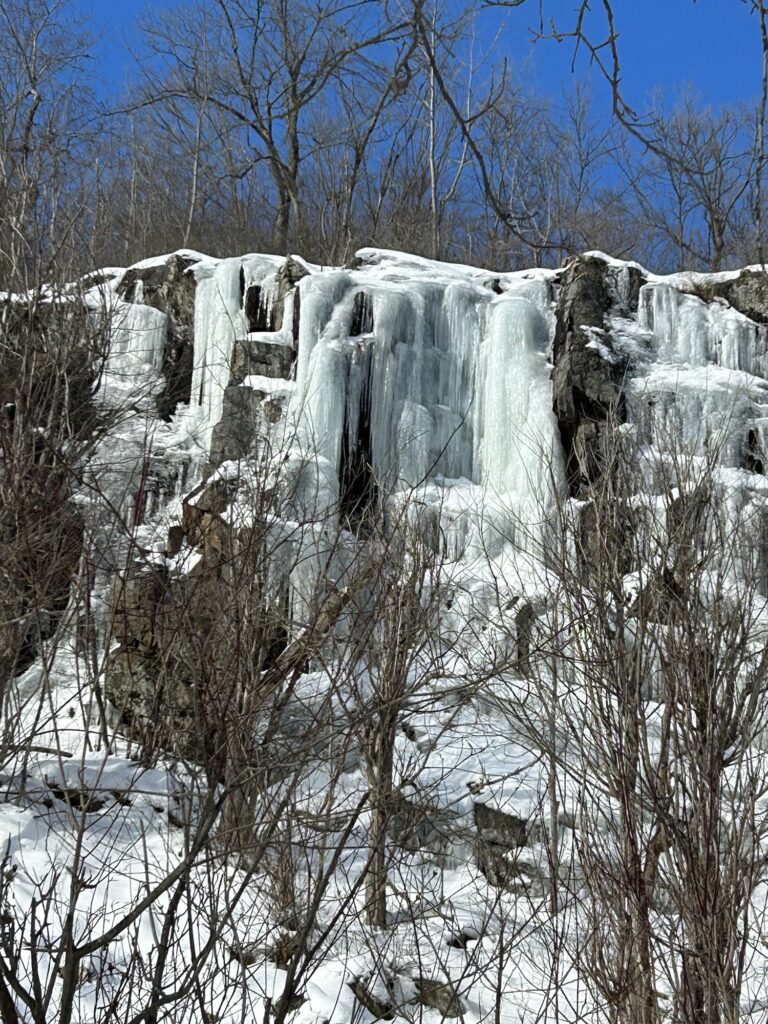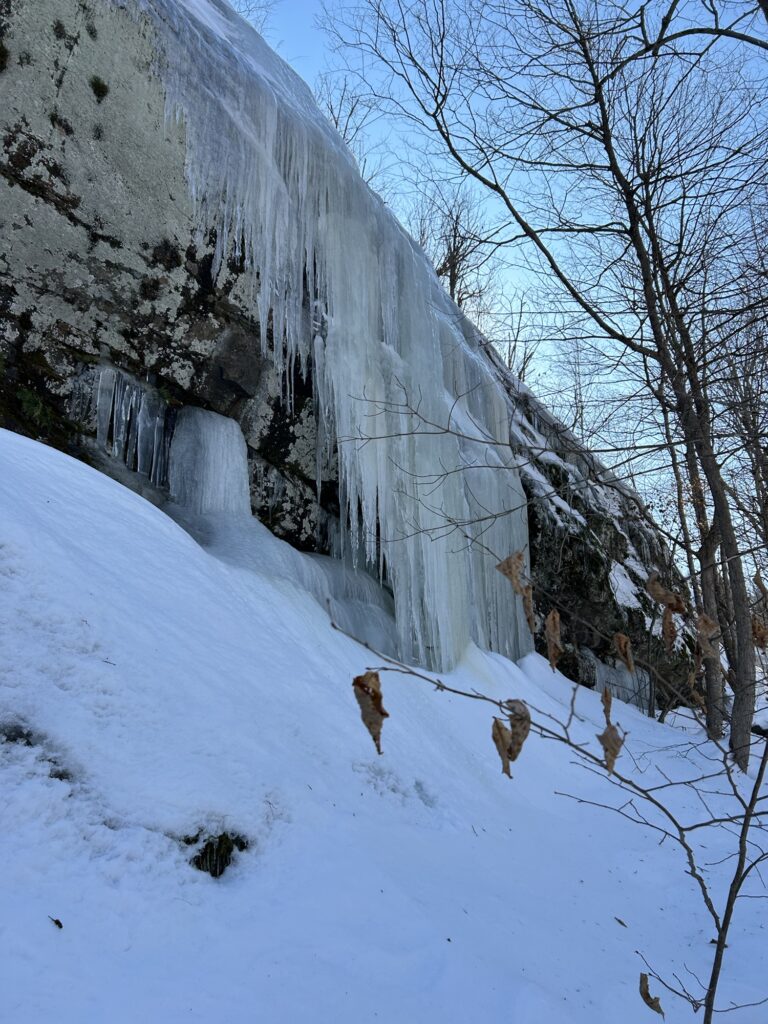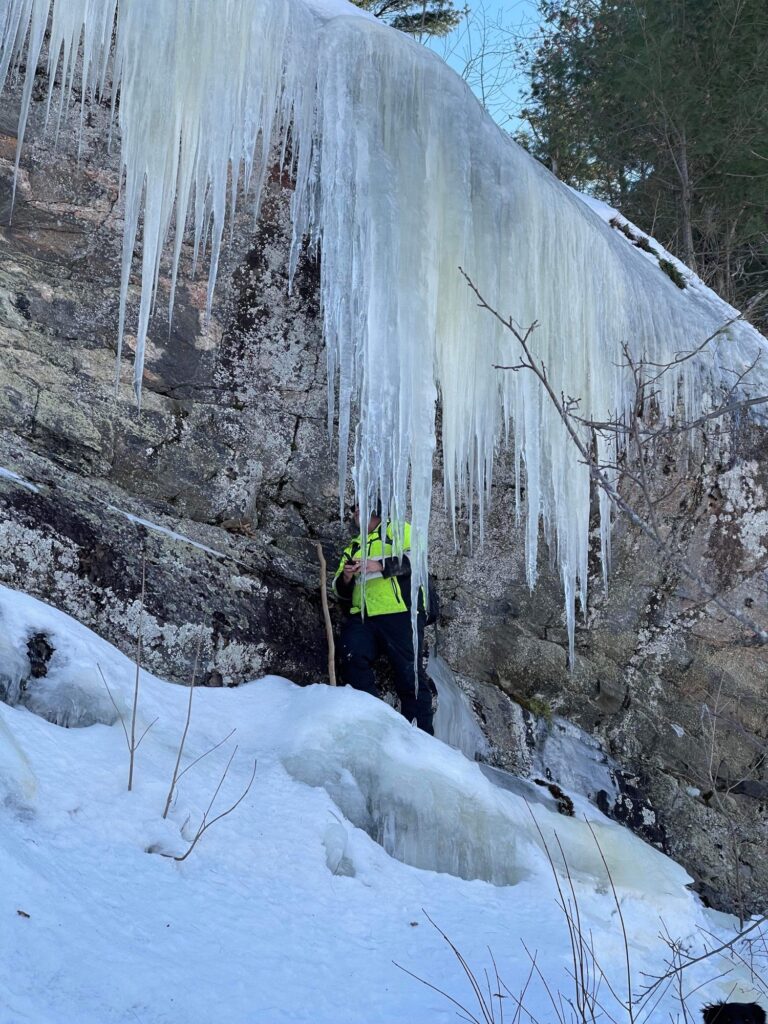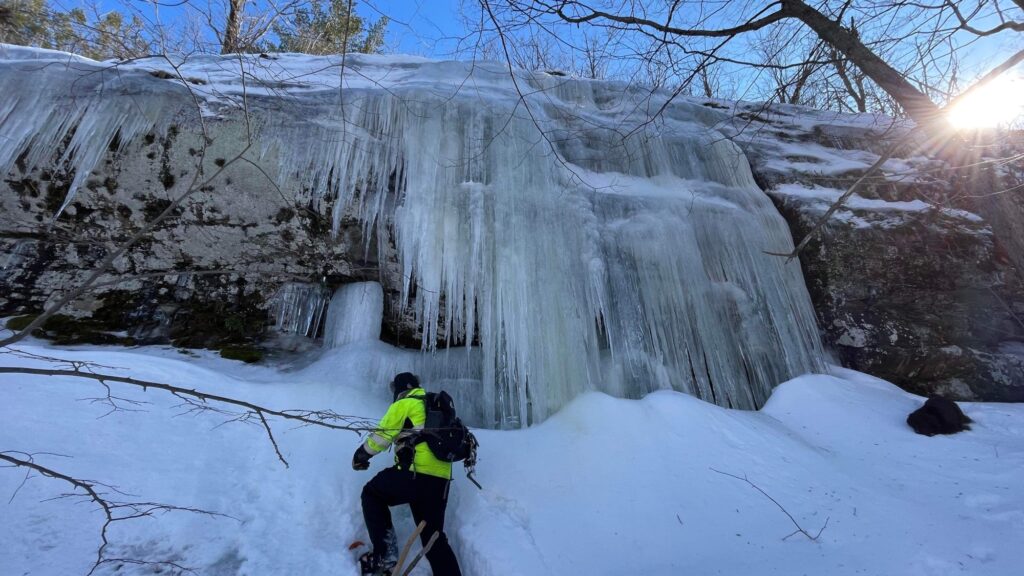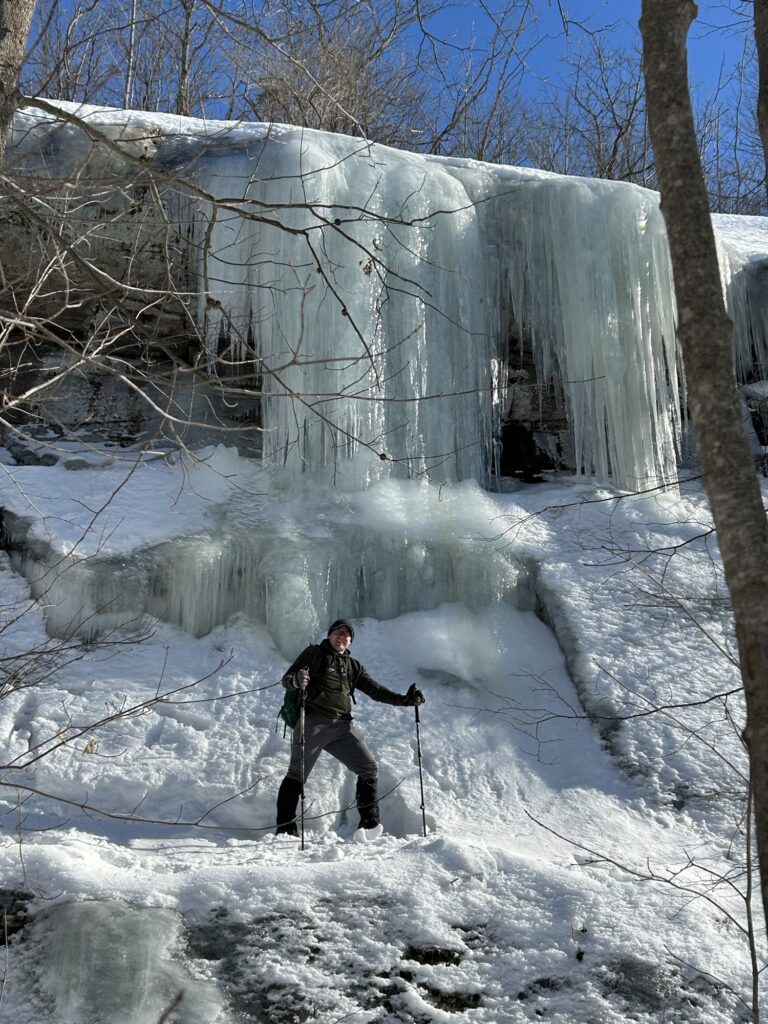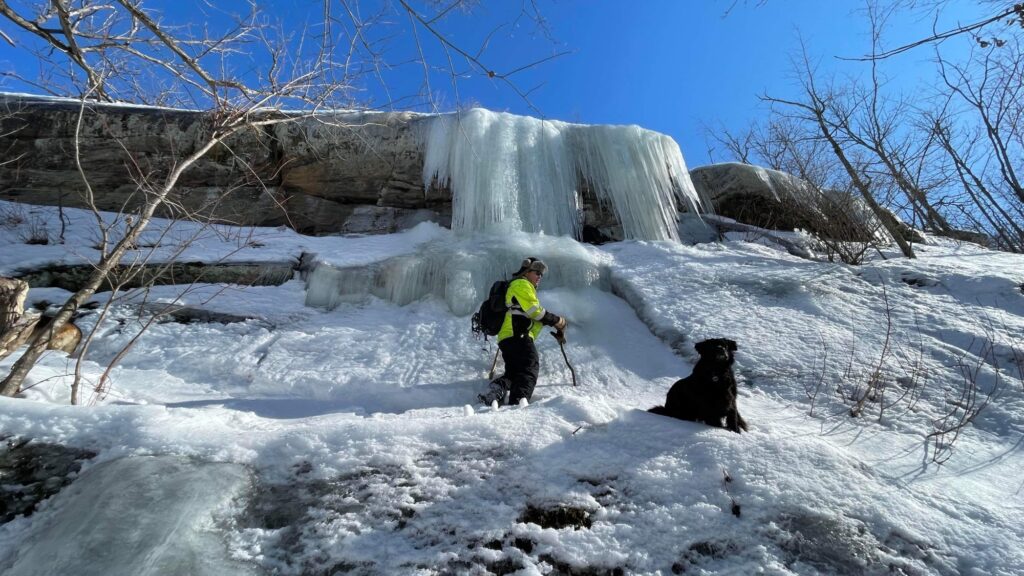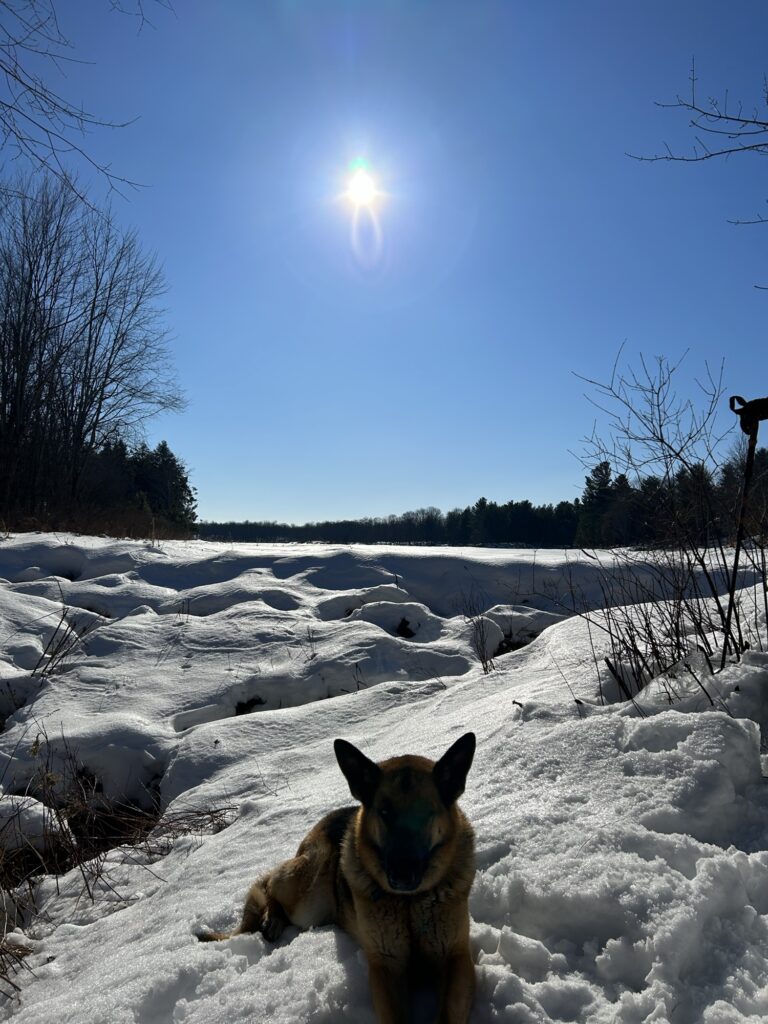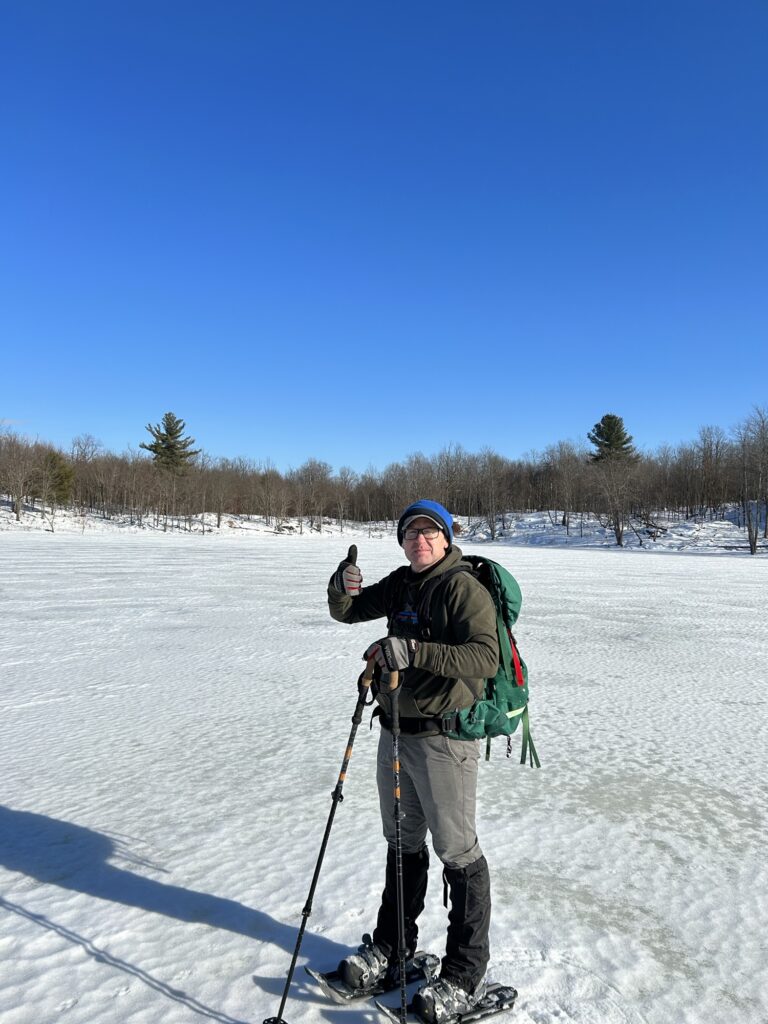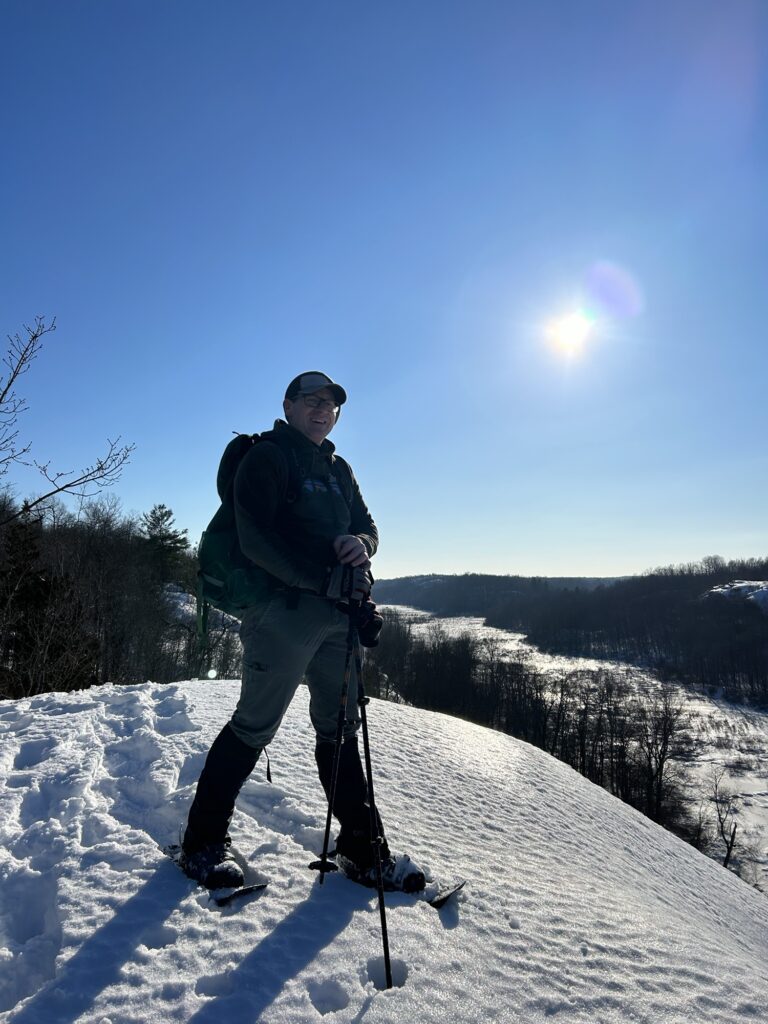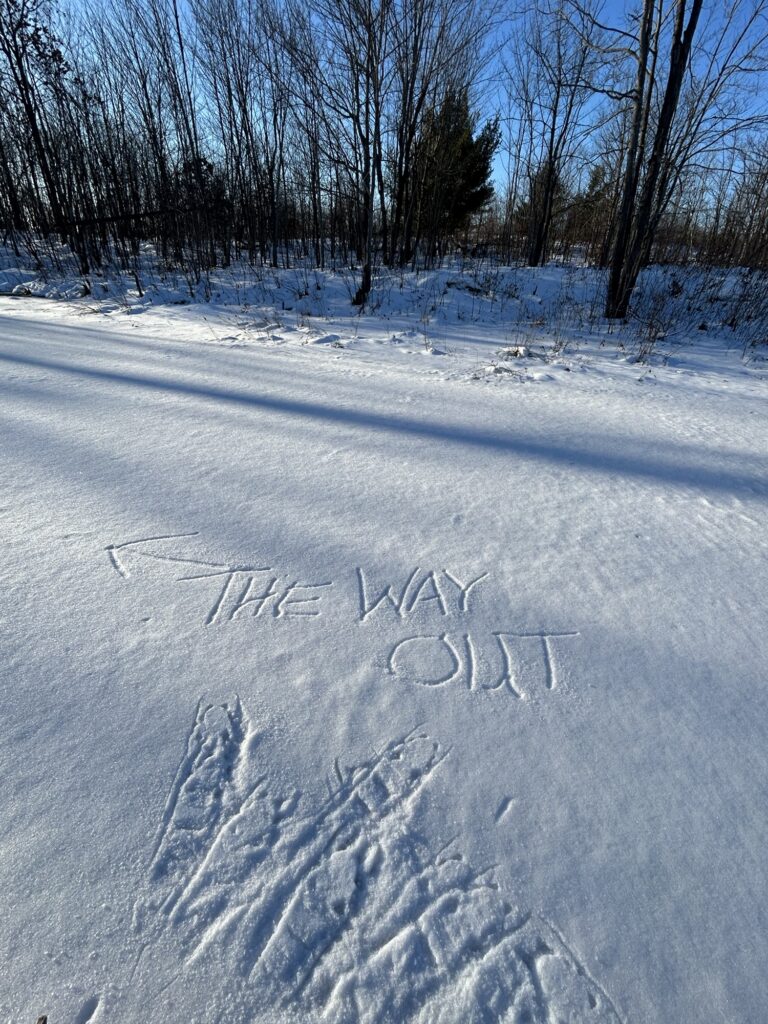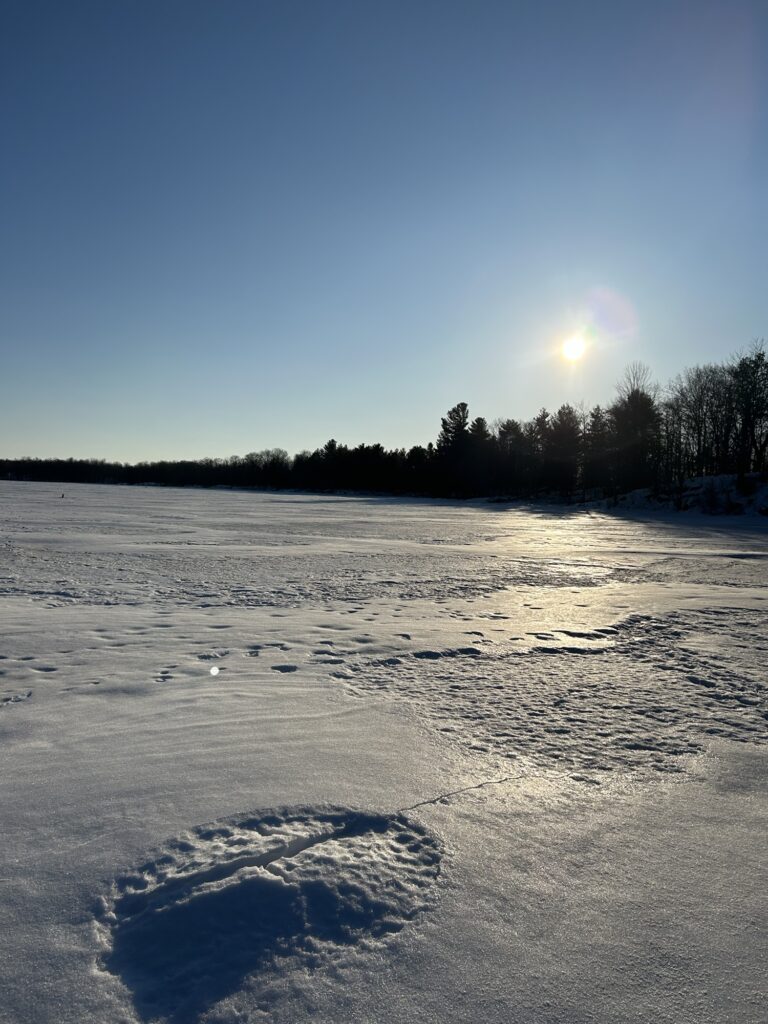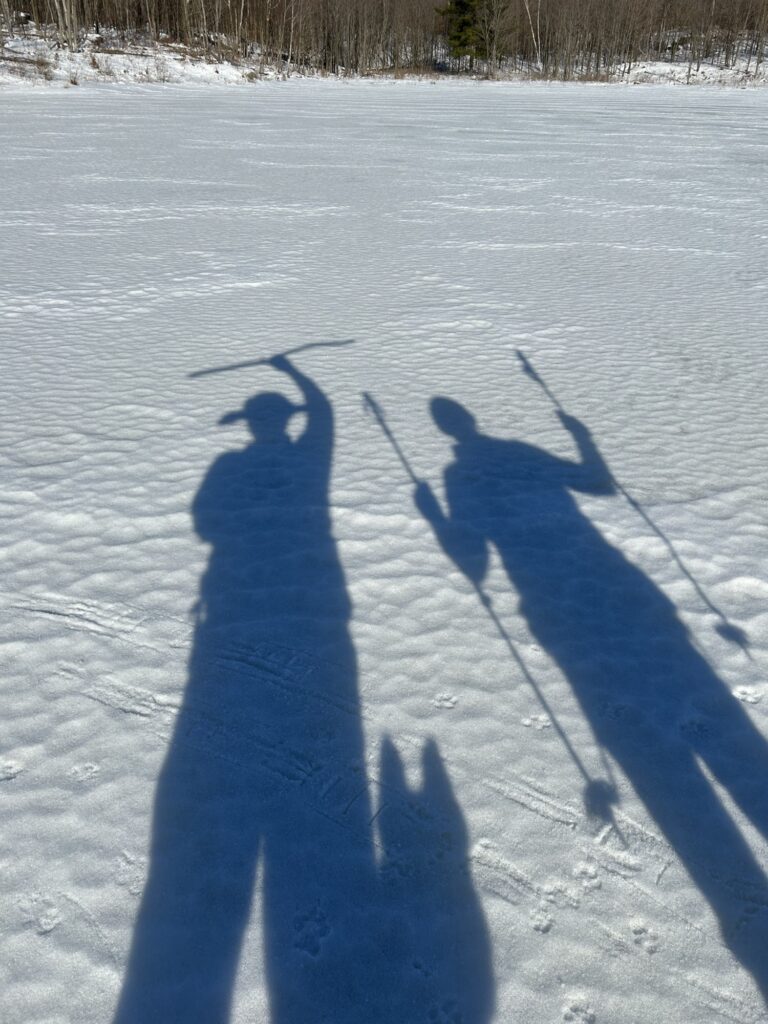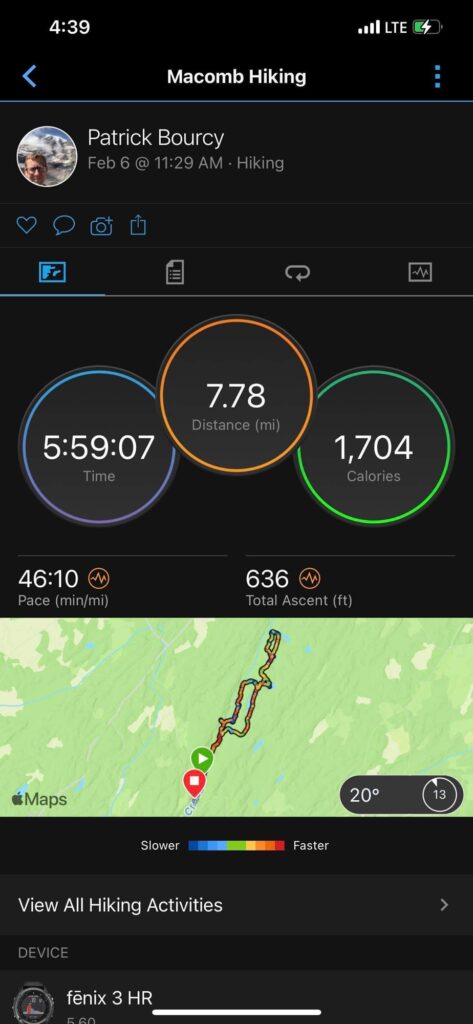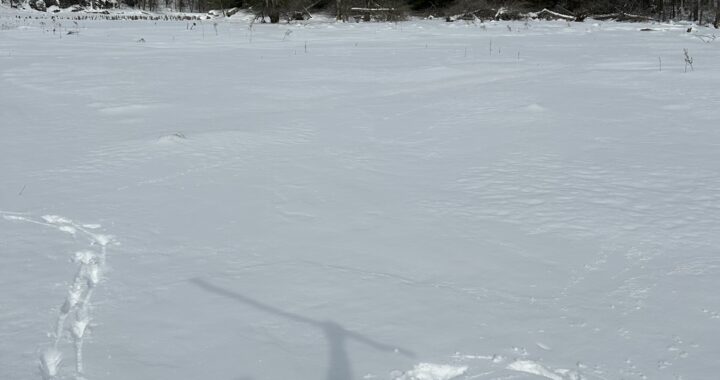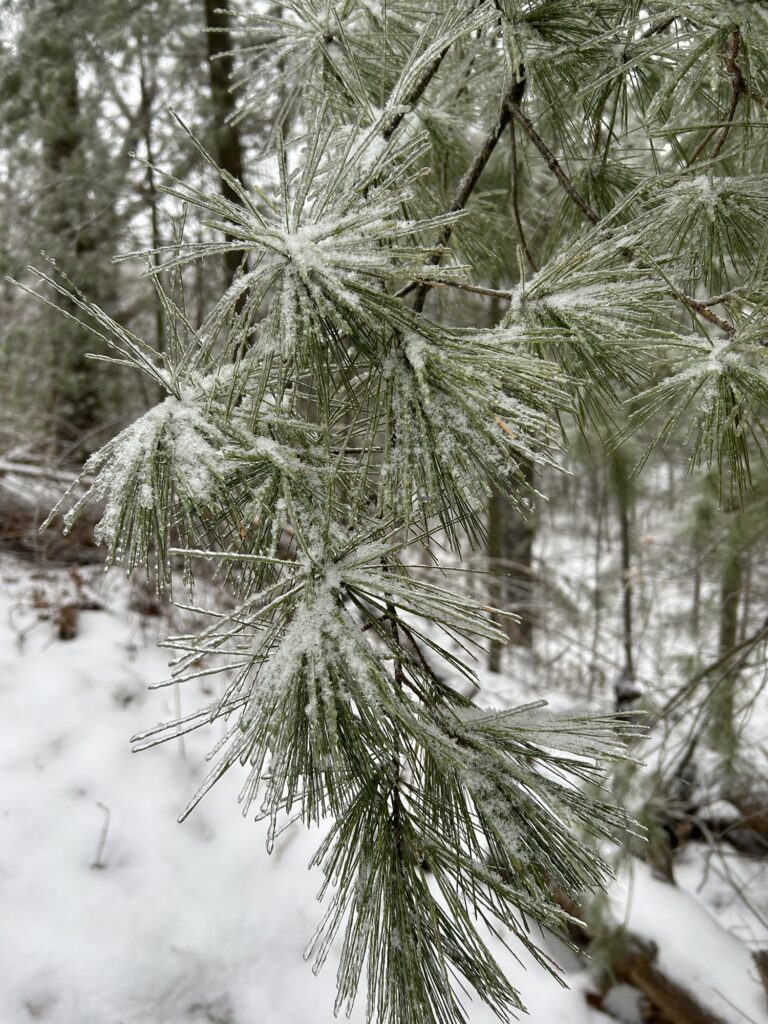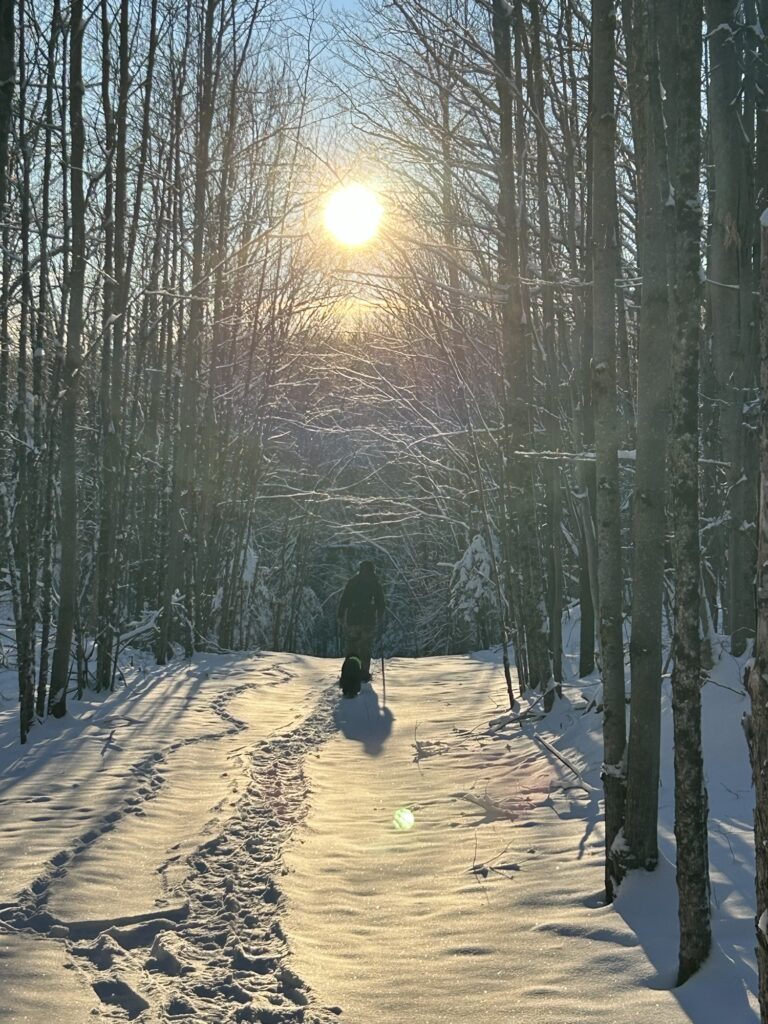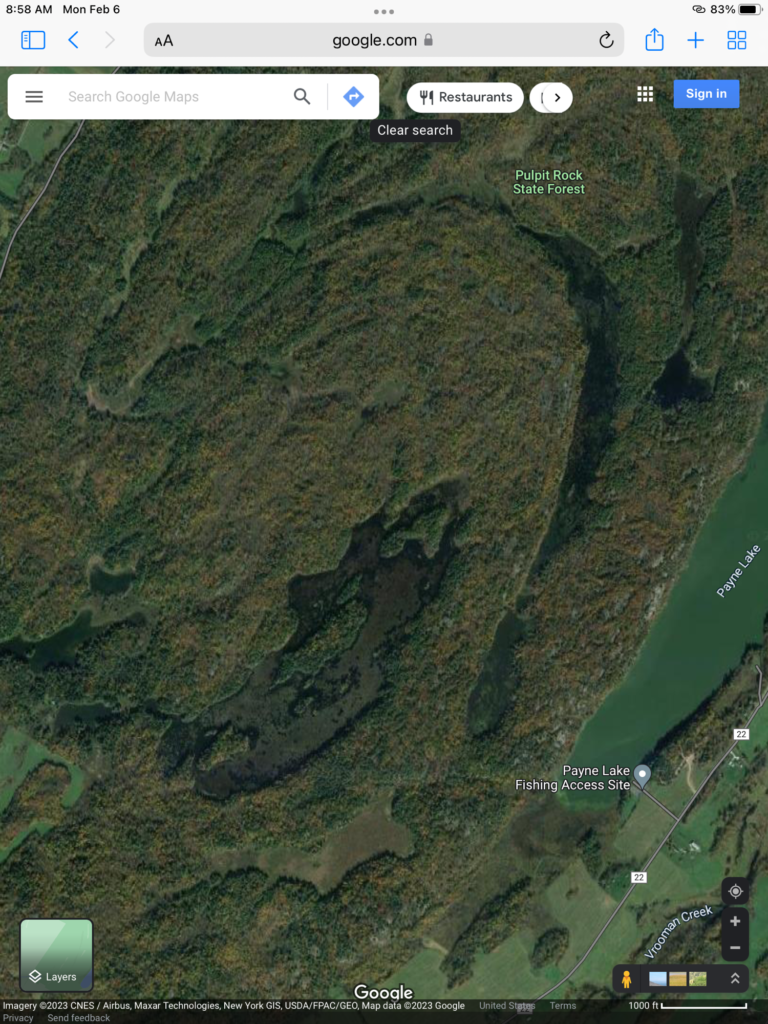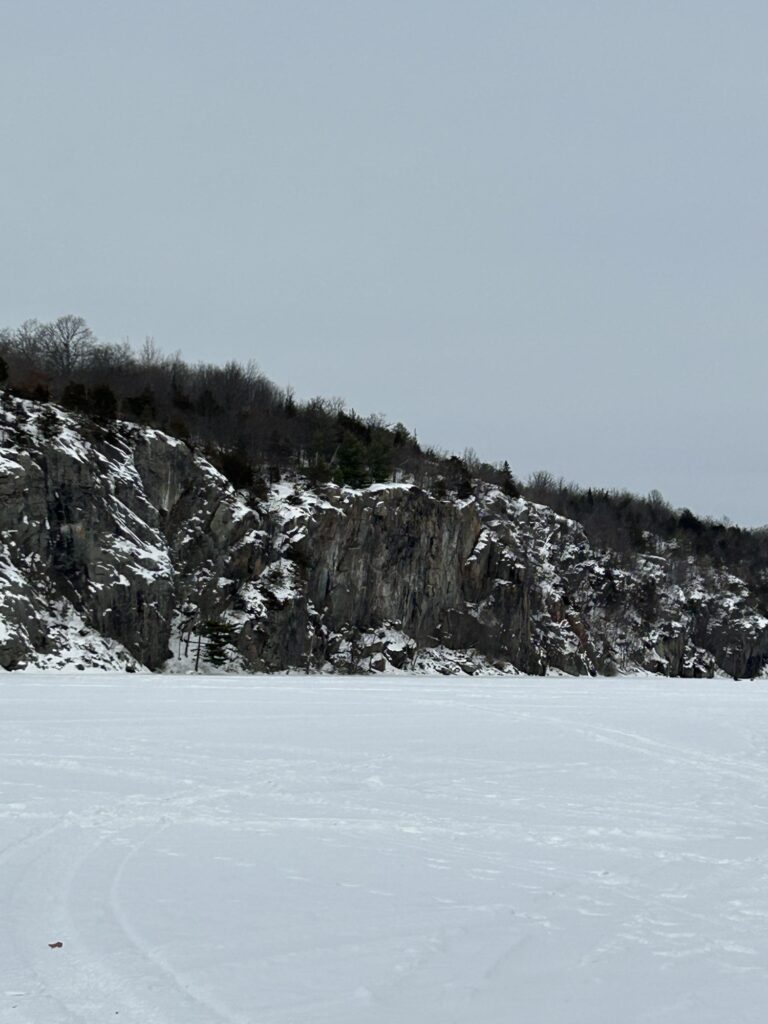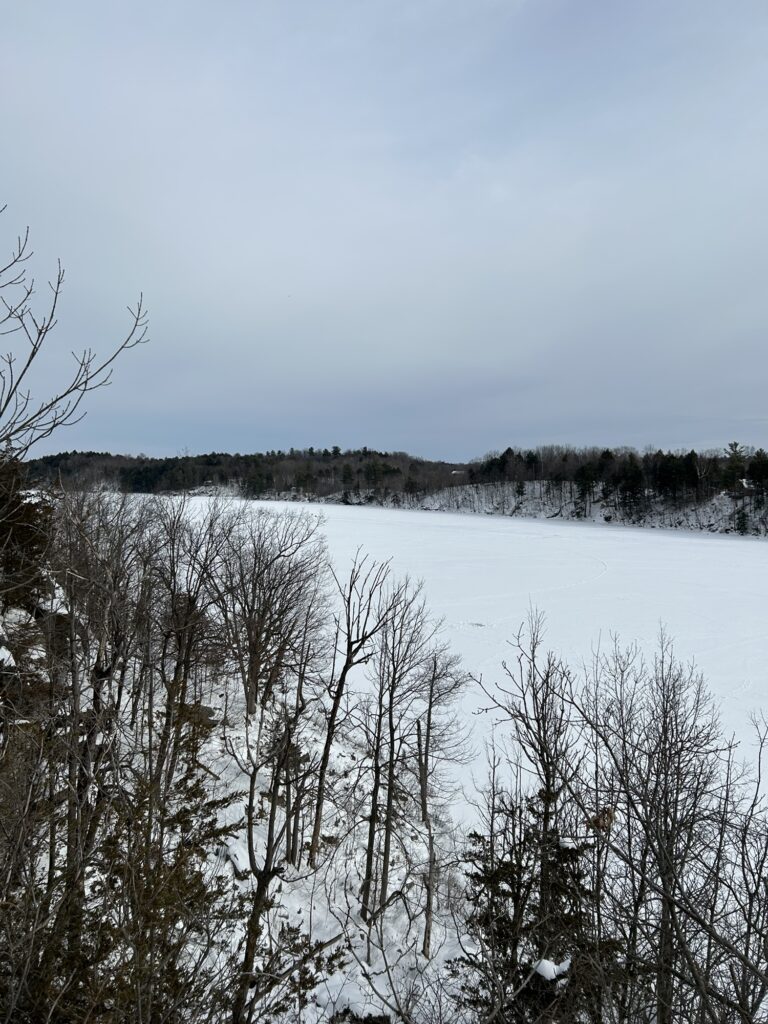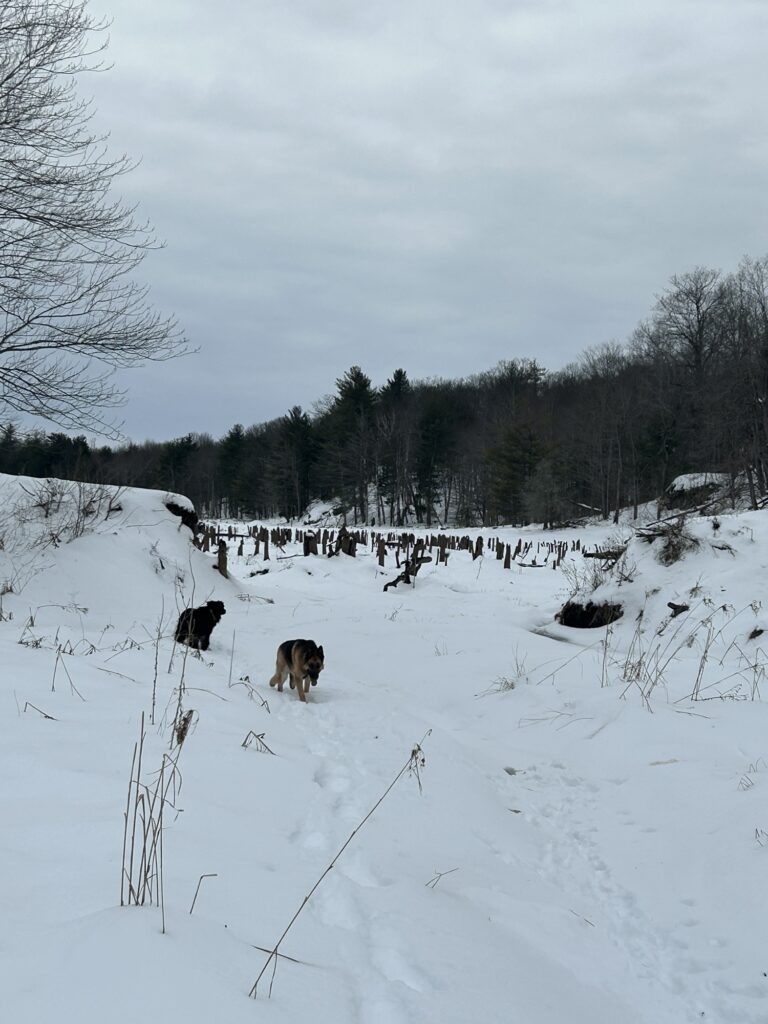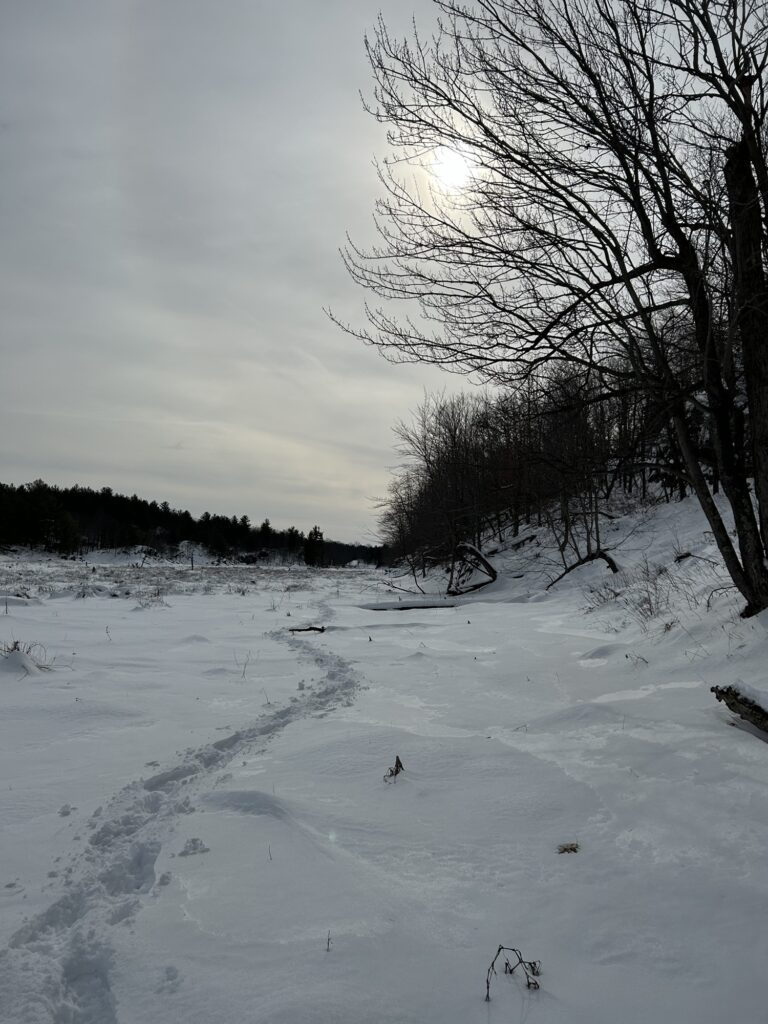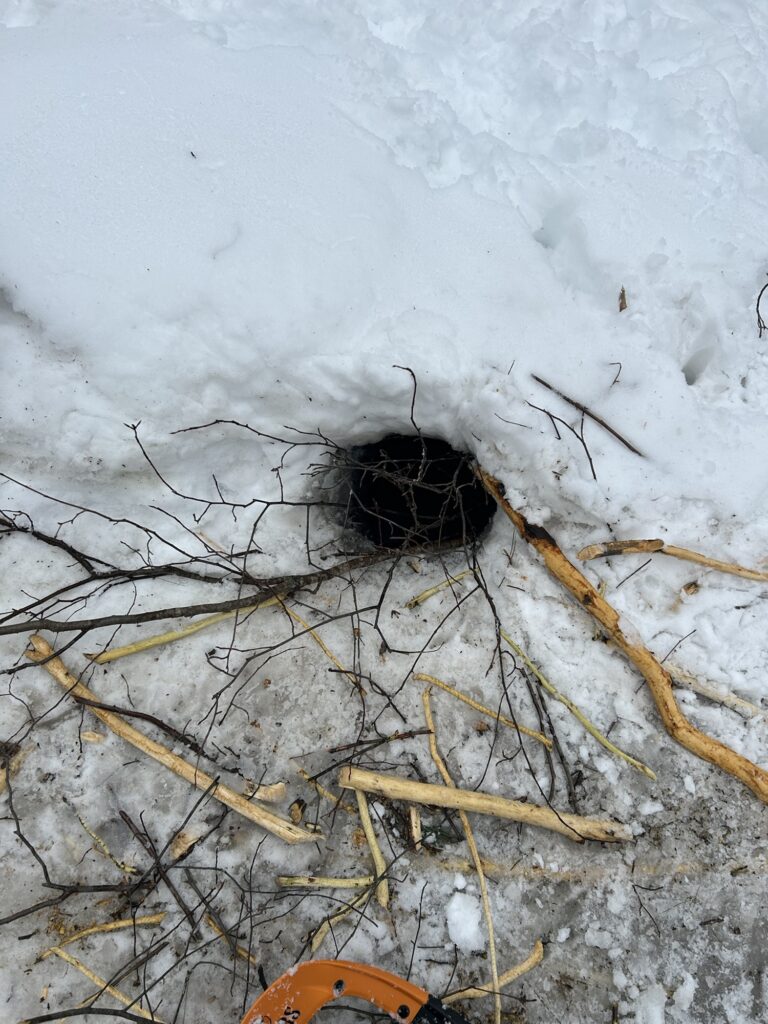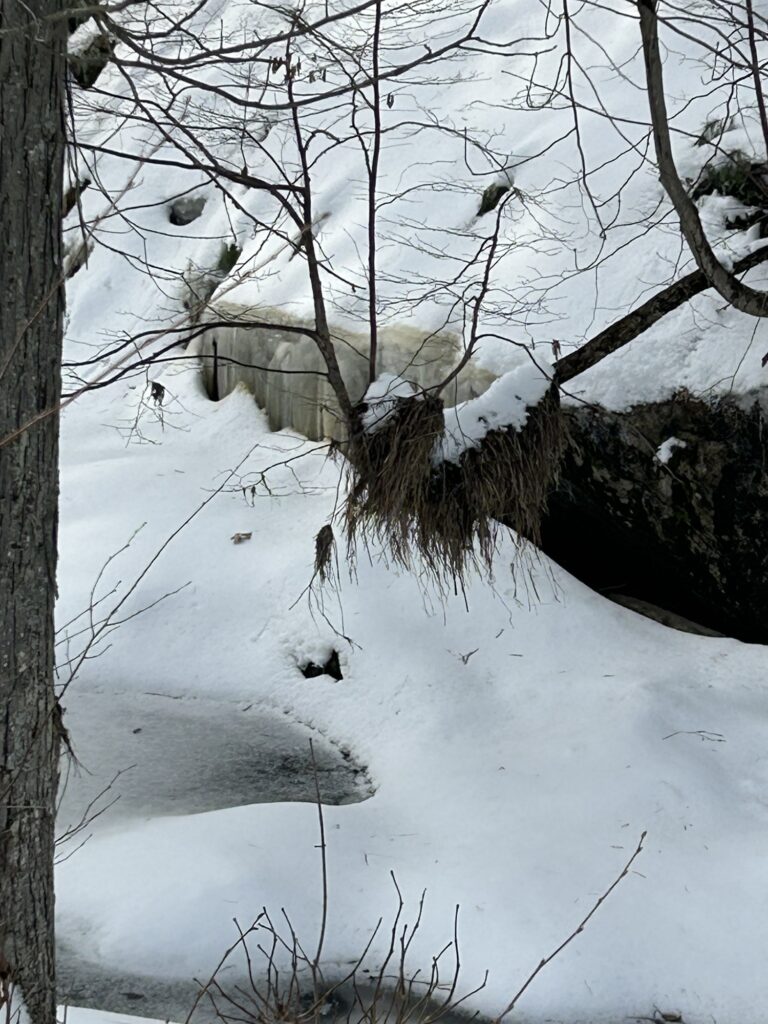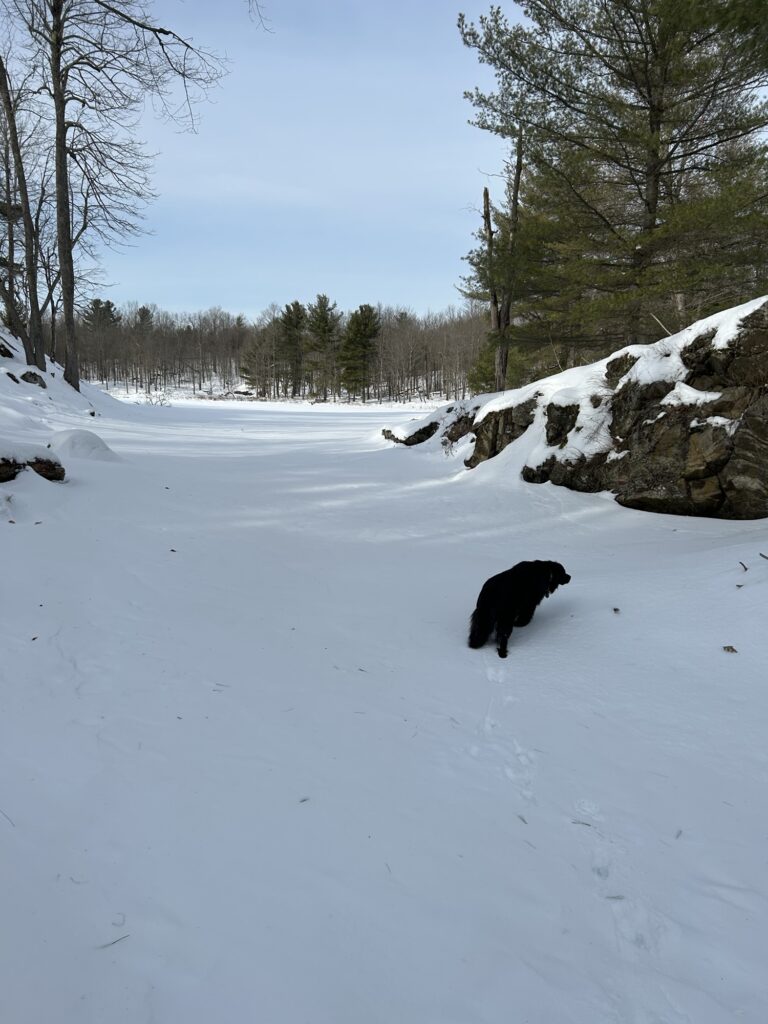Time passed quickly. One moment it seemed our Summer 2023 bush adventure was so very far away. But little by little it drew closer. Months became weeks that became days. We started planning much earlier this year. 10 people had expressed interest in going with our party as we had a large cabin rented. One by one they dropped away until a mere 7 remained. Our friend Gregger held at a meeting at his camp to finalize plans two weeks ahead of our trip. 6 attended and shortly after another person dropped from the trip. We were to be a group of 6 in the end. It would take 2 trucks to get us to the outfitter’s landing. Our destination was approximately 375 miles away in western Quebec. The same location as last year so that took some of the travel unknowns out of the equation. Not to mention it helped immensely knowing what we should bring and what not to bring. I started packing early on to avoid the hasty method I had used in 2022. Our pile of gear began to grow in size next to the wood stove at Camp Edith.
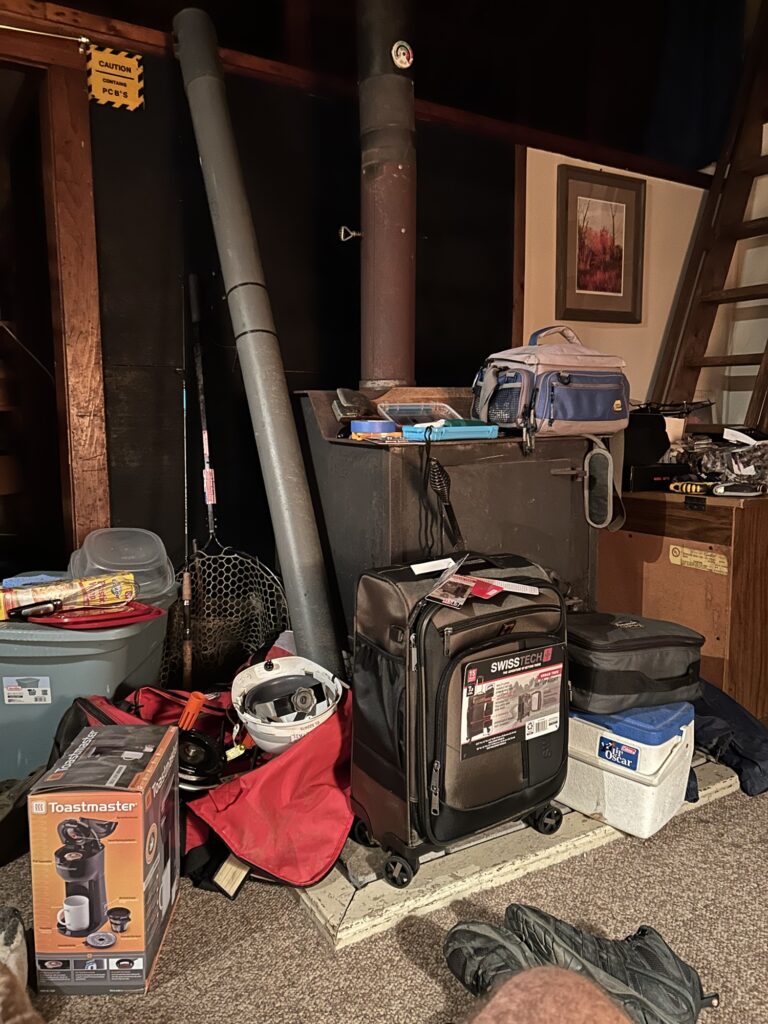
I wanted to bring along some extra gear this year that would enhance the visual aspect of our trip. I rigged up a Gro Pro style mini camera on my old hard hat for hands free video recording. I also purchased a small drone that would work in the absence of cell phone service. I purchased Best Buy Total Protection insurance for it as well. Just in case of an accident. My biggest decision came down to renting a satellite phone. We had decided that it was a good idea to have one. I ended up purchasing one after getting a price for renting one. A no brainer considering the promotional offer I took advantage of with a long term strategy in mind. The satellite phone arrived over a week before our trip and I got familiar with its basic operations. Tested it a few times as well. It’s supposed to work just about anywhere in the world. We would soon see!
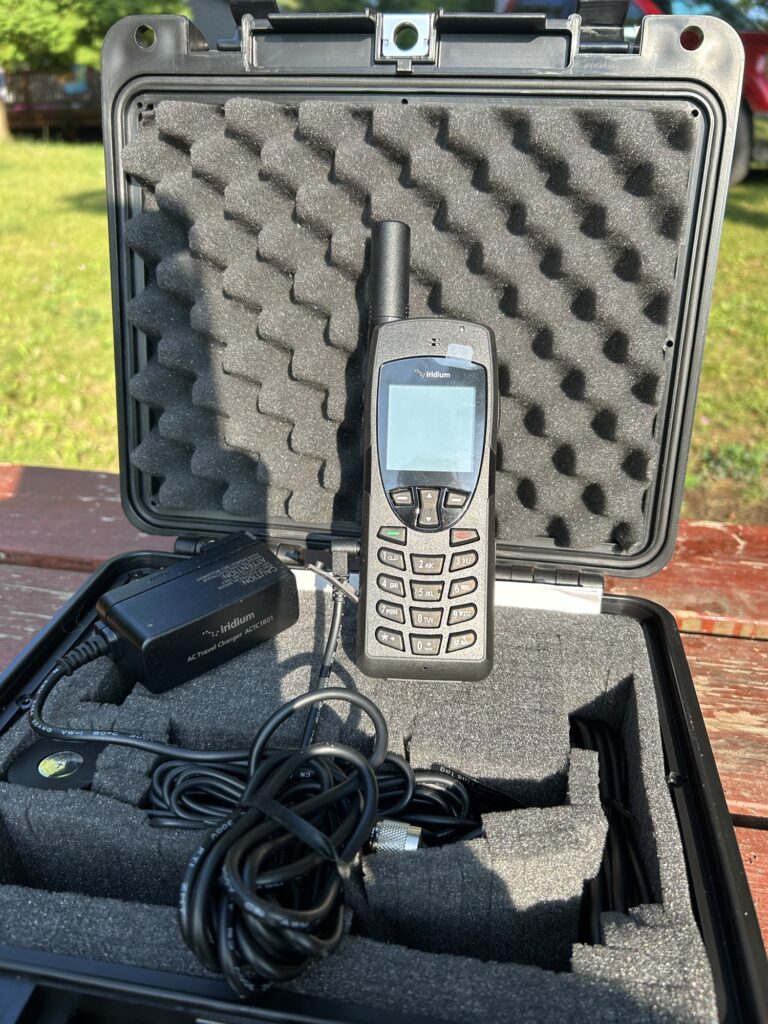
Another situation that had to be addressed was learning to pilot the drone. Zane has one that he seldom uses but I wanted my own. We test fly both drones one windy Saturday over my Uncles meadows where the hay had been cut already. Losing them is always a possibility and my insurance doesn’t cover that! We had a great time despite the wind almost taking off with Zane’s! Mine uses my phone for its main screen. A feature that would come in handy in the bush. I got pretty comfortable with it rather quickly but like to fly with a line of sight method. Not desirable when I begin to fly to upper elevations. It’s going to take some practice! Flight times would vary and drone batteries draw down after around 30 minutes of flight. During the trip they would need to be charged which was no problem as we had already planned to bring our 2200 watt Honda inverter generator. Battery charging for our phones had been a problem in 2022. We would have no cell service but we all use our phones as cameras. Charging becomes necessary.I put together a special suitcase just for cables and electronic gadgets. Extra batteries, operating instructions, and a surge protector power strip were part of its contents.The drones as well. This trip was getting expensive fast!
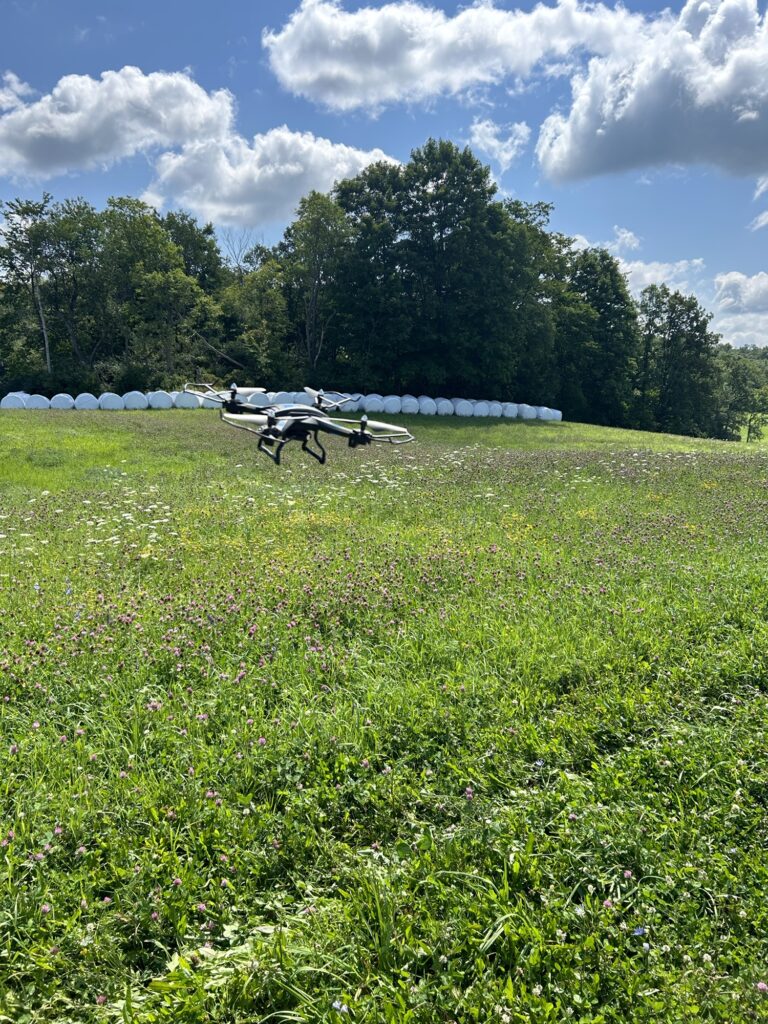
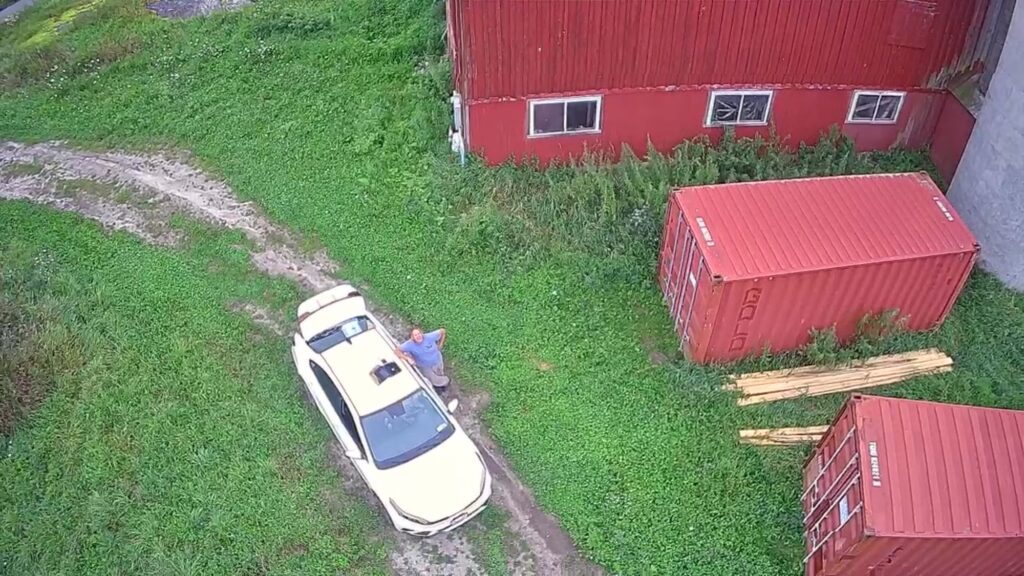
Next on the list was the fishing equipment. I purchased jigs, bait floats, sinkers, and small hooks. I strung 2 new Pfleuger reels with Spectra Power Pro braided line. Unbelievably strong and rather invisible. Moss green 15 pound test is my favorite. It will rarely break and has little to no stretch. Perfect for walleye fishing! I also bought 2 new rods for us. 5 of them would be broken down and stored in a plastic rod sleeve I bought years ago for a fly in bush trip. Worth every penny for the protection it gives. A 6th pole would have to travel full length. We travel with an abundance of gear. 6 reels in a padded case and 6 poles just for us. Breaking down on a one week long trip is no good so we bring plenty of fully functioning backup. I streamlined my 4 bait trays to fit into a soft sided carry holder. Grippers, hook outs, mouth spreaders, and scissors were stored there as well. Keeping the fish uninjured and released quickly is part of our mindset. Having the proper tools enables us to do just that. But we certainly don’t release all of them! Some get eaten! We also use a rubber net. Things don’t tangle like they do with a mesh net. Our old Hummingbird fish finder was also packed. I didn’t take the time to test it prior to going on the trip. Something I would later regret! I restocked our jig assortment with a variety that was mostly blue. Blue had proven to be the hot color in 2022 on our lake.
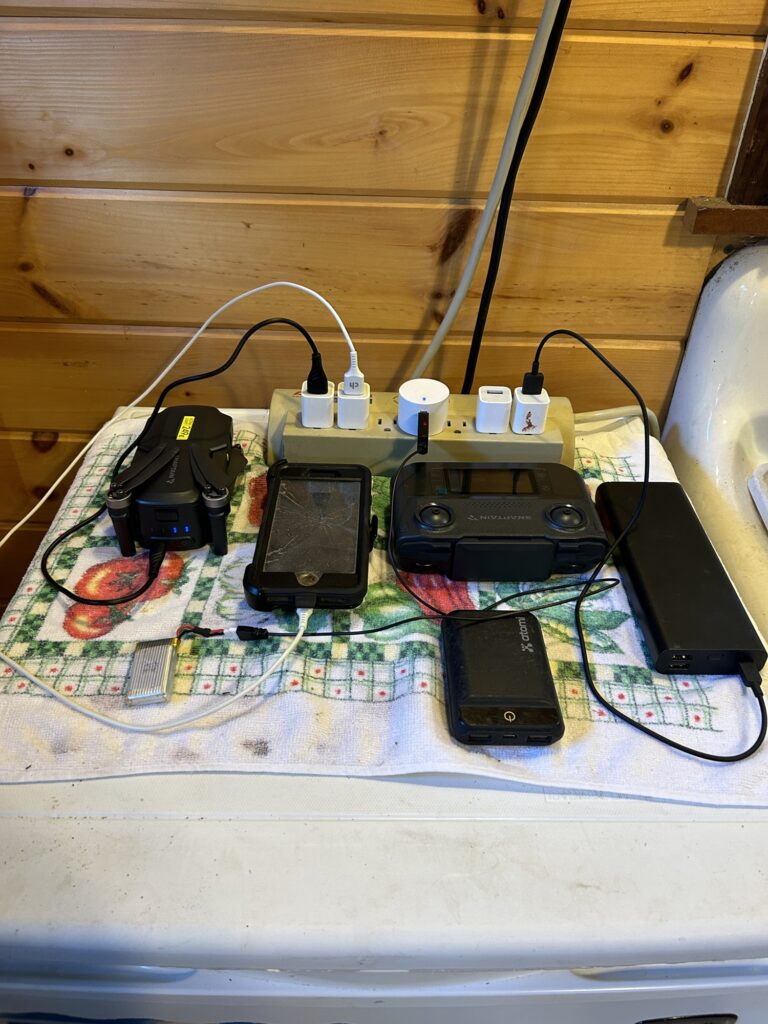
Of course there’s a lot of other things that need to be packed for a bush trip! Clothes,rain gear, life vests,and basic toiletries. I pack a rather extensive medical/first aid bag. I even brought a 2 piece Epipen unit due to the possibility of allergic reactions that I have been getting on occasion. We would be living in a very remote location and safety is important to me. Not just my own and Zane’s but everyone. The pile of gear kept growing and we hadn’t even gotten to food yet! Food goes into a plastic tote for ease of transport. Mostly non-perishable items and canned goods. We take a small cooler for milk,eggs, and hotdogs. You never know when you might not catch fish! It been known to happen! Lac Echoani in 2016. Two days with no fish fry! So what did I forget? The sleeping bags and pillows into a tote? Check! Small cooler for bait? Check! The team record book and pen from last year? Check! Things were adding up! Little by little I gathered up everything. I even remembered my 2way radios for the 2 trucks to communicate once we lost cell phone service in Quebec. And never, never forget the Canadian cash to pay the outfitter! The exchange rate was over 25% just before we left. Passports? Check! The amount of preparation time this year amazed me! But I wanted everything to flow without any glitches!
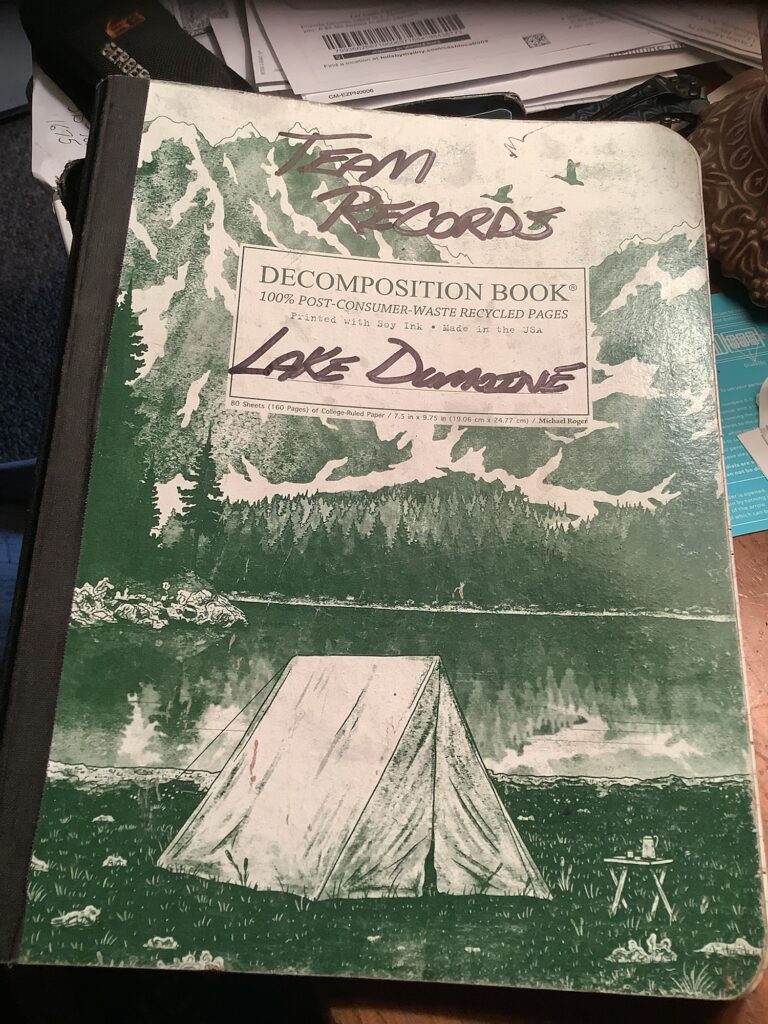
So that’s how it all began well before our trip even started. Preparation pays off in the long run. We were all pretty excited for our week away! A chance to change our routines and break free from the valley here. A destination that would renew our spirit energy. Reunite old friends and bring in a couple new ones. A place where I would bond with my son each and every day. Life would soon be changing for him as he would be starting college soon after our trip. Out there in the bush country of the ZEC adventure awaited us. Weather the unknown variable but planned for regardless with a nonchalant attitude. Memories would be made. Our inner batteries would be recharged by tugging walleyes trying our sunken bait. Life would be very different as we synchronized to the schedules of feeding walleyes. To experience it is to truly live for the lovers of wild country. A chance to live free of the schedules of a man made society. In the bush life marches to the sound of a different drum. Oh Btw! I almost forgot the Keurig coffee maker and pods! When you travel with a generator such luxuries are possible. So check! Didn’t forget a good supply of maple syrup! Double check! There’s still a whole lot of tales to tell here! ✍️

